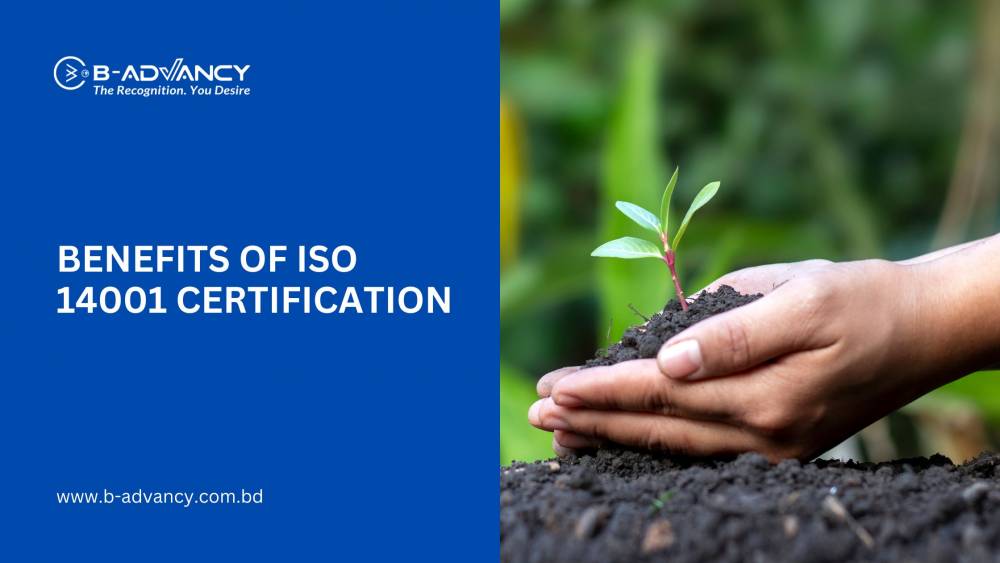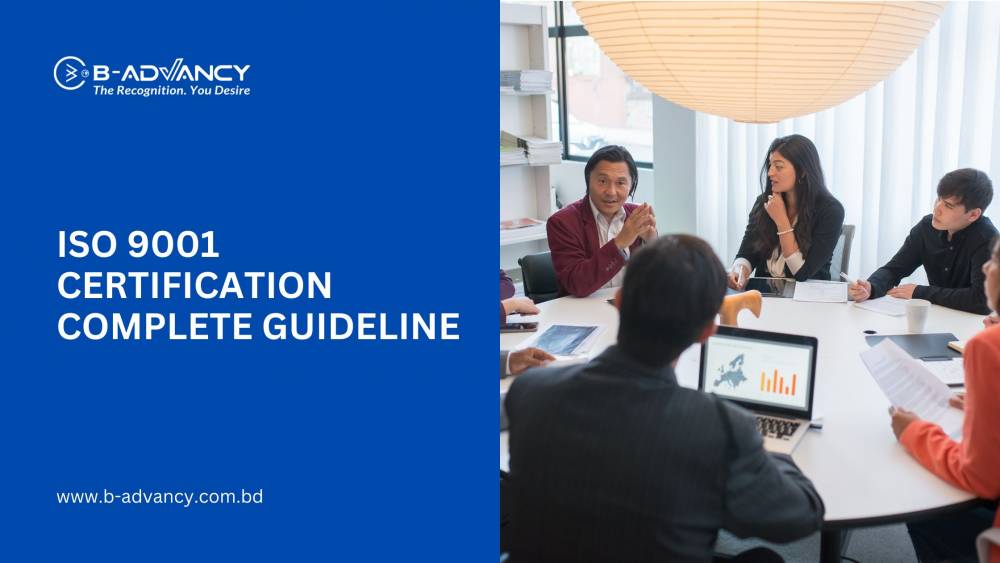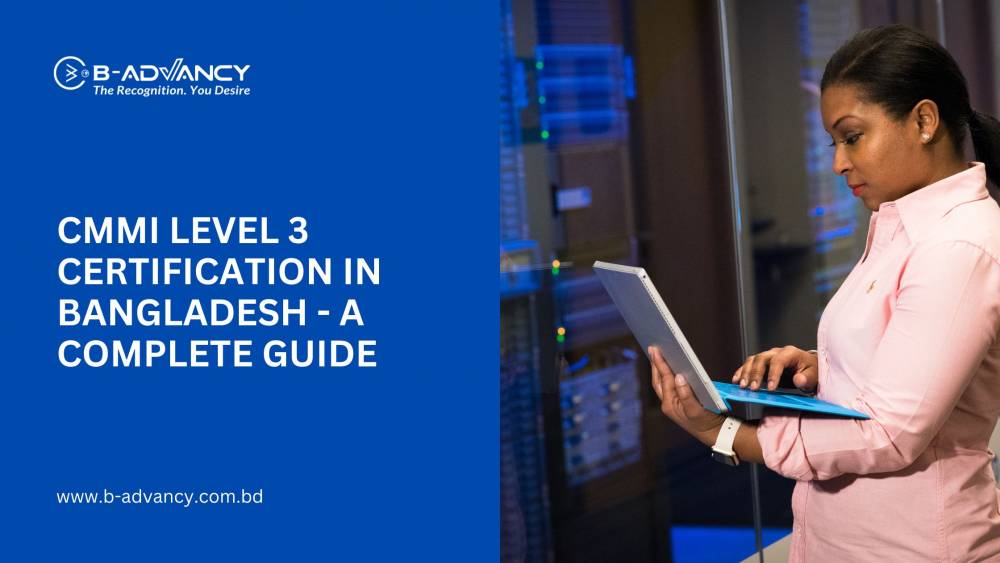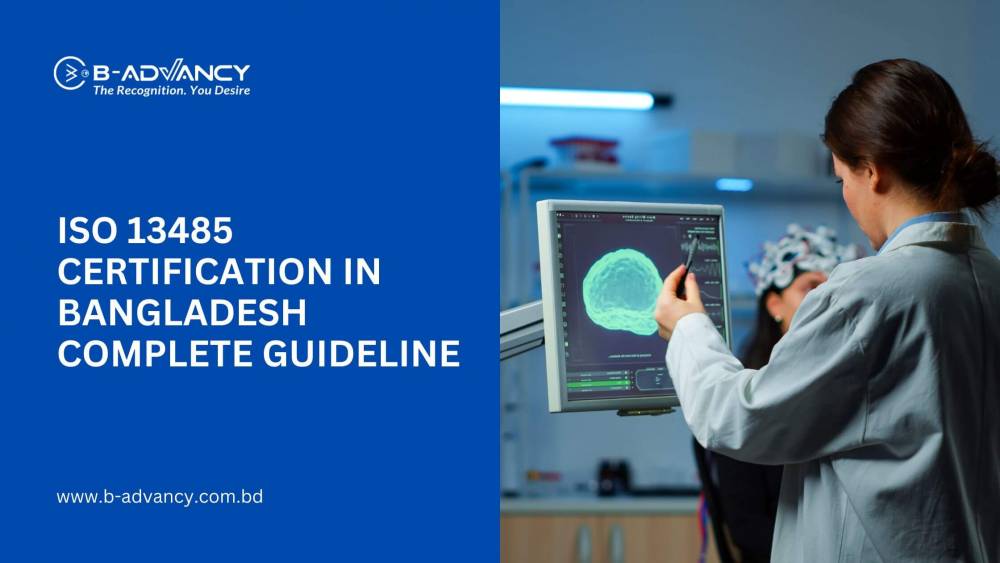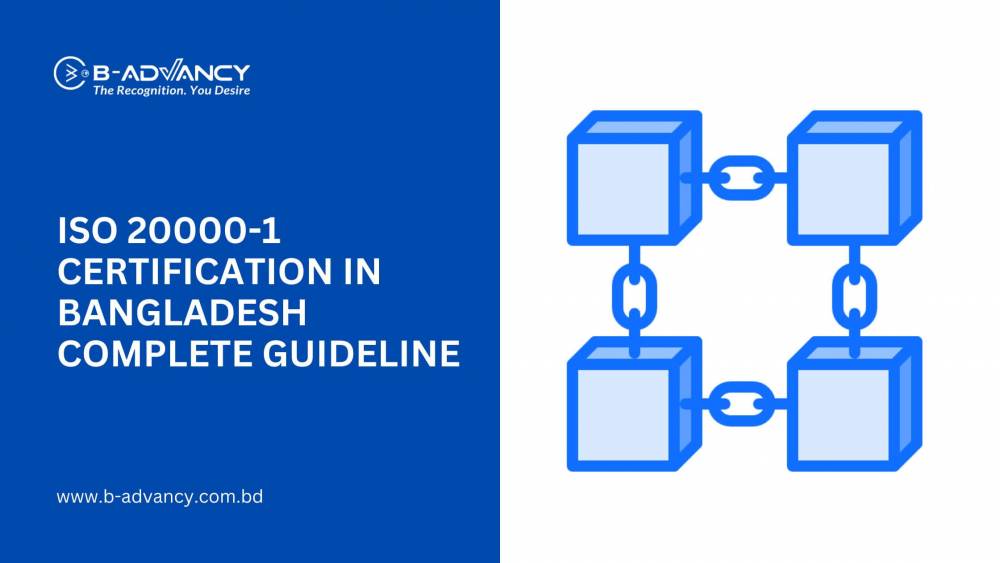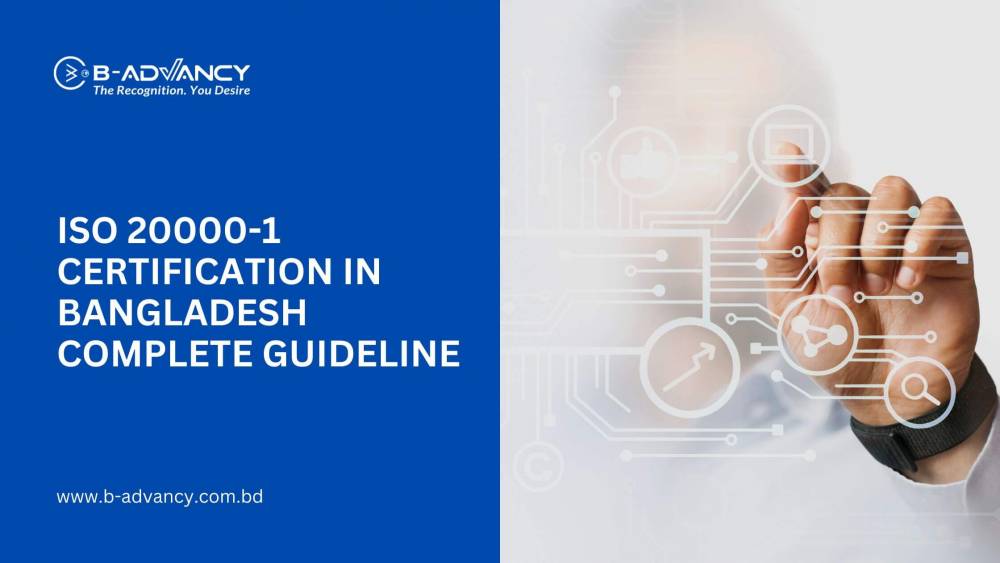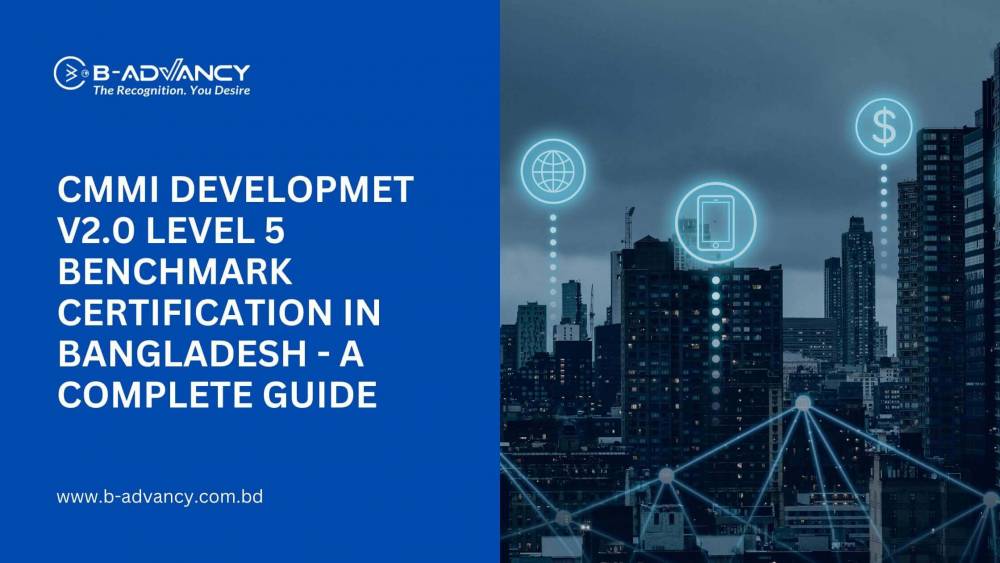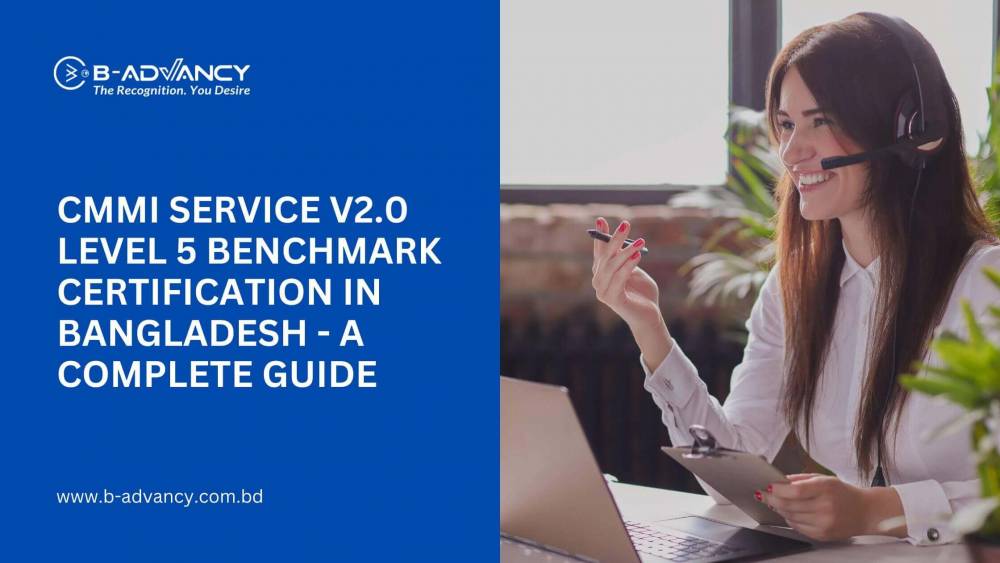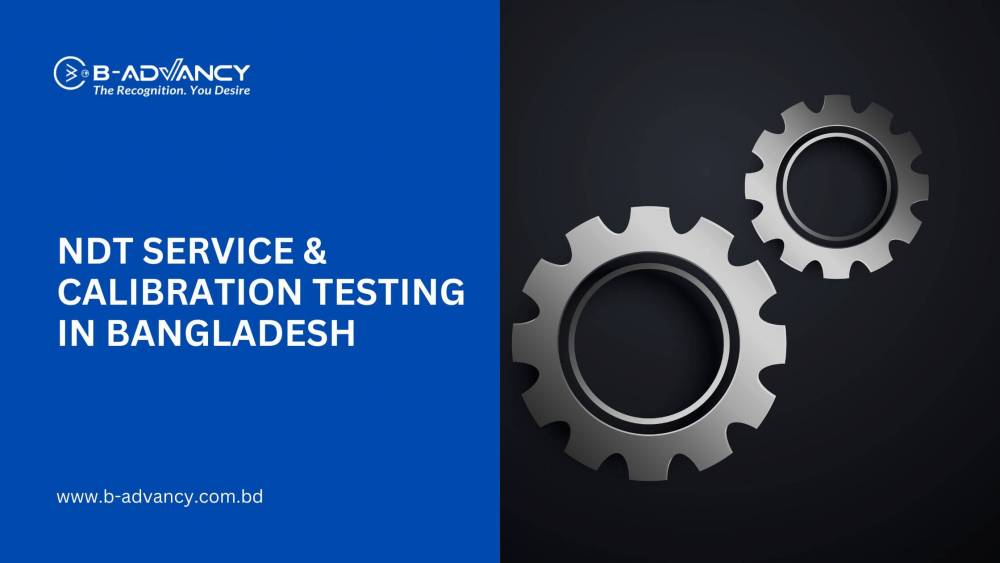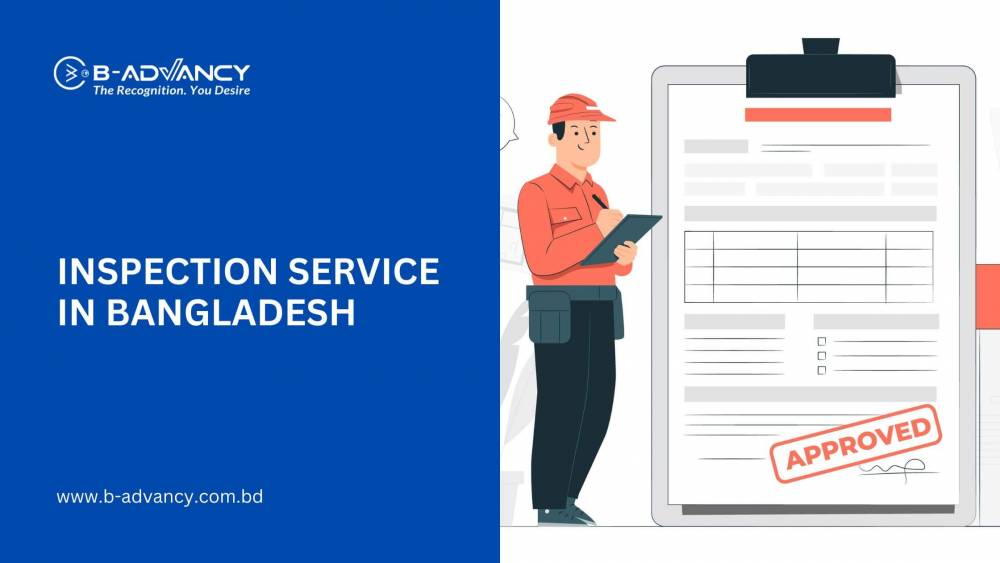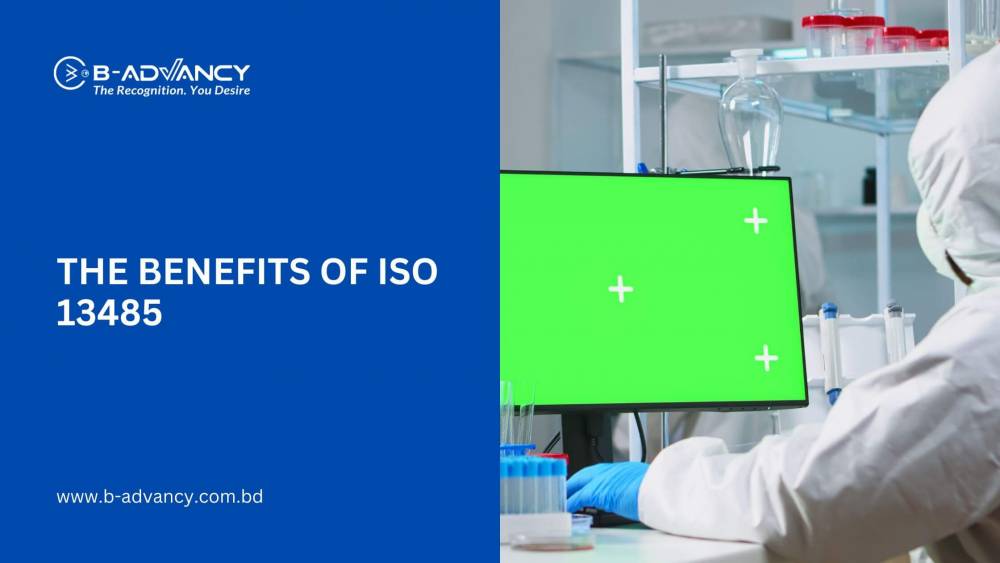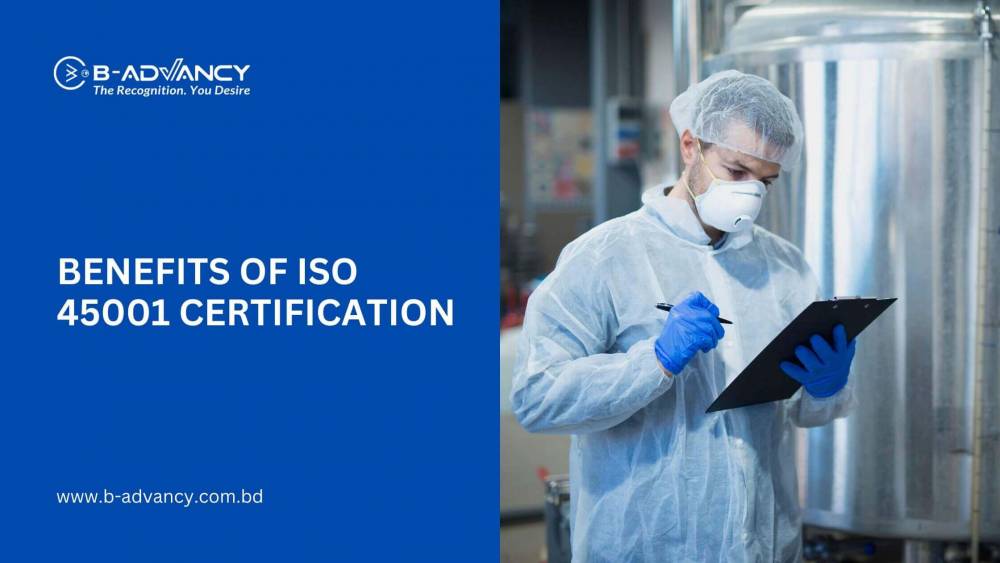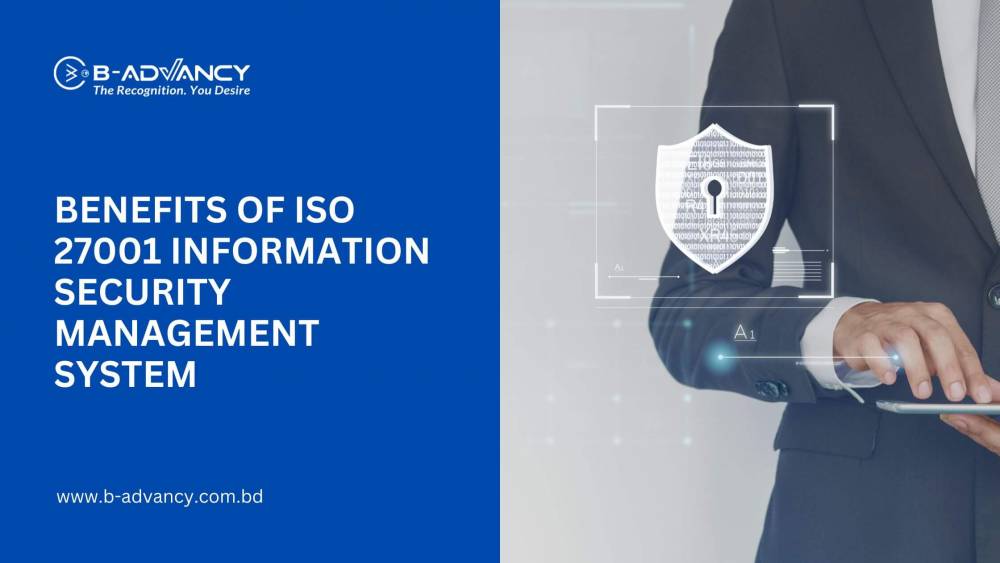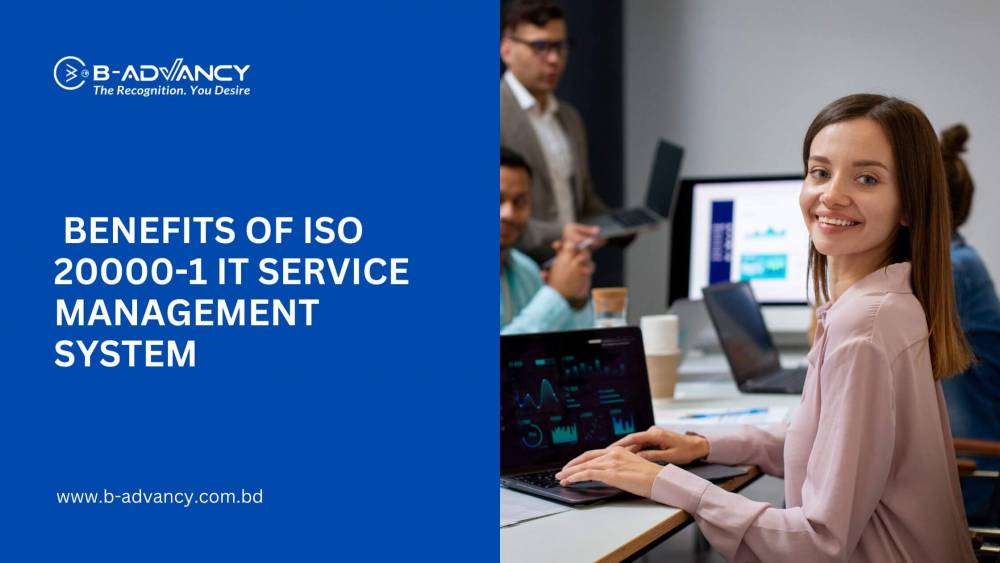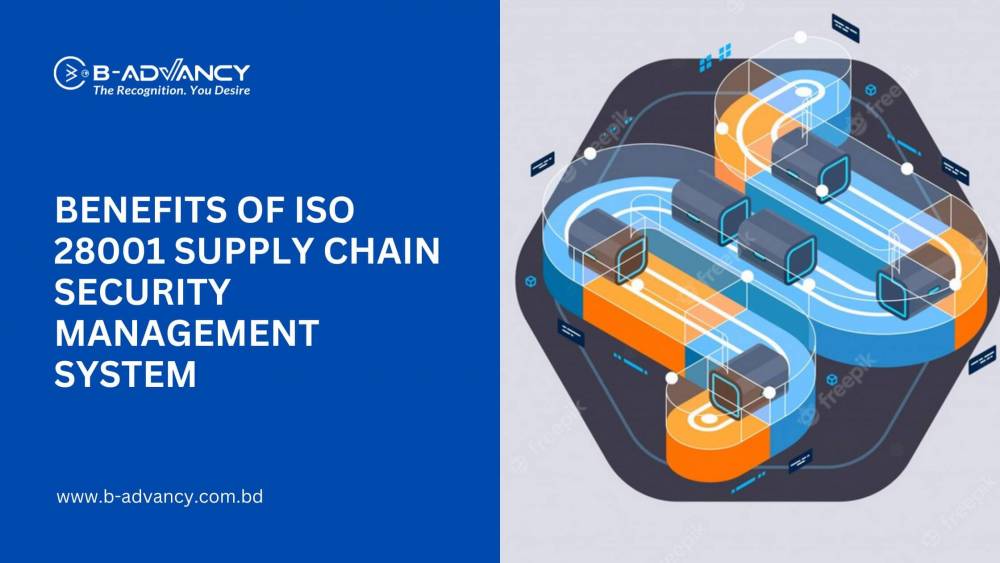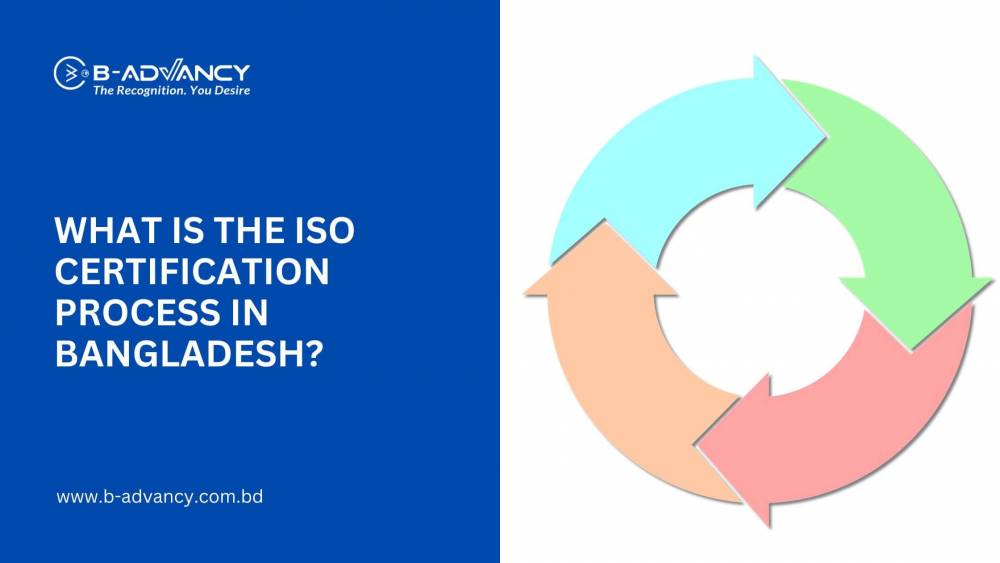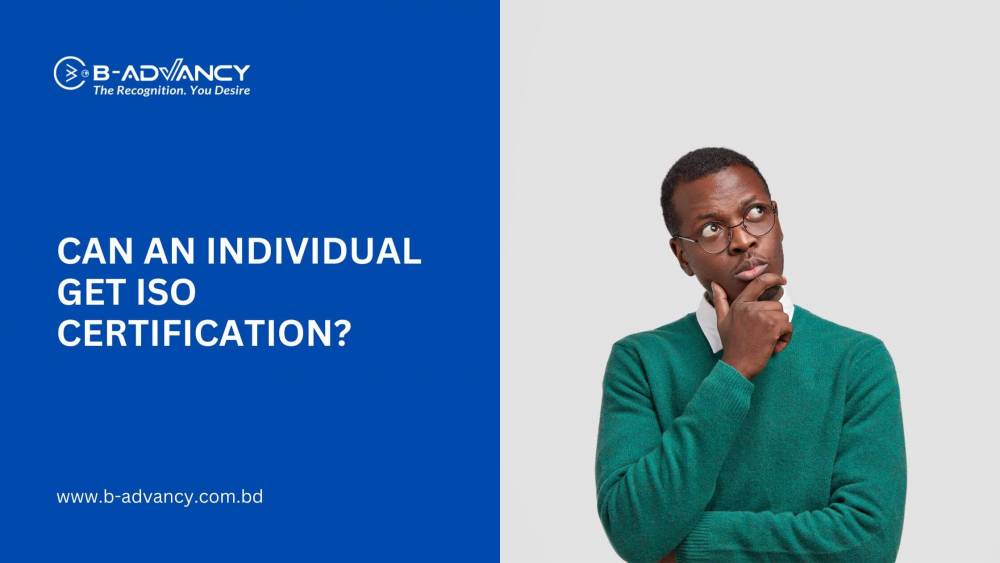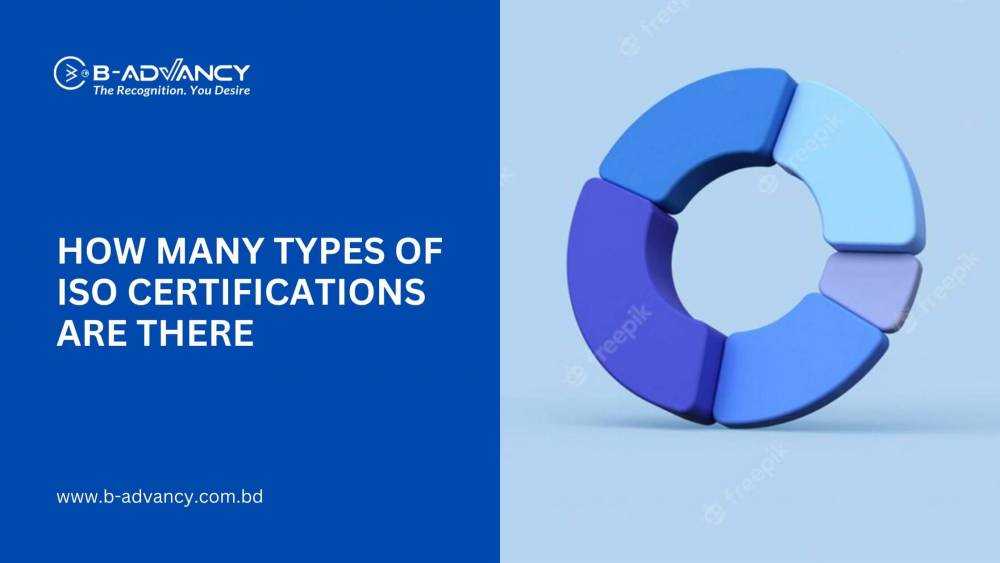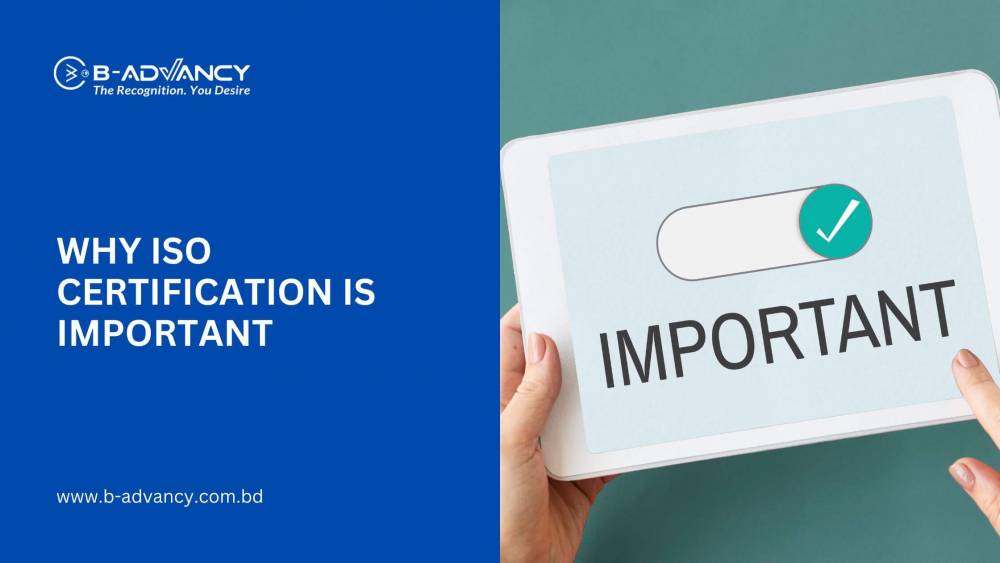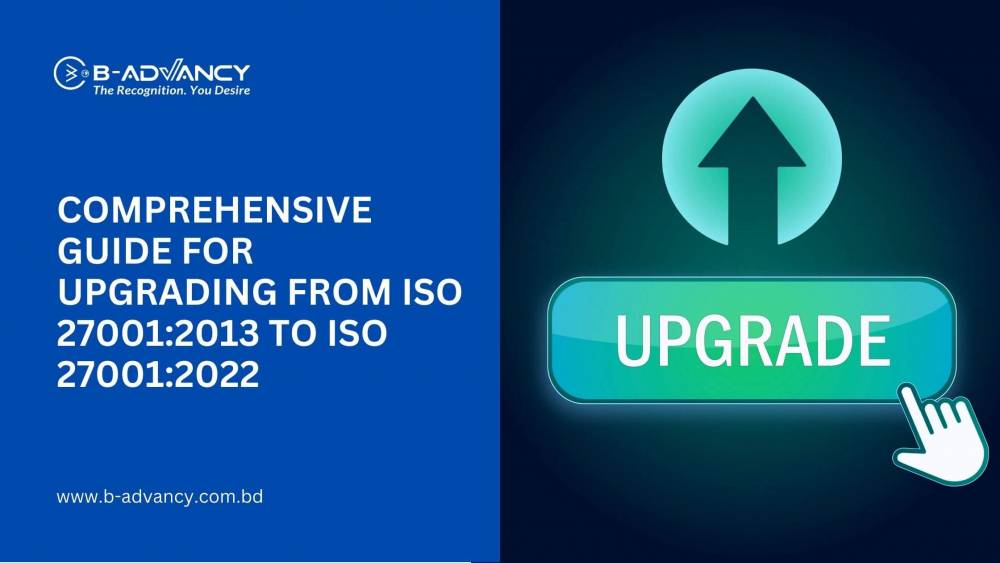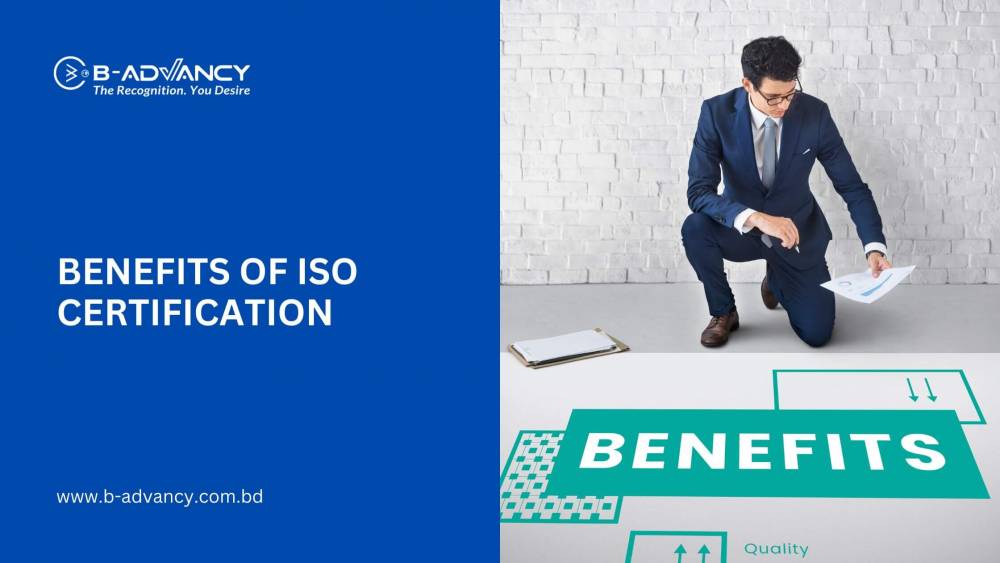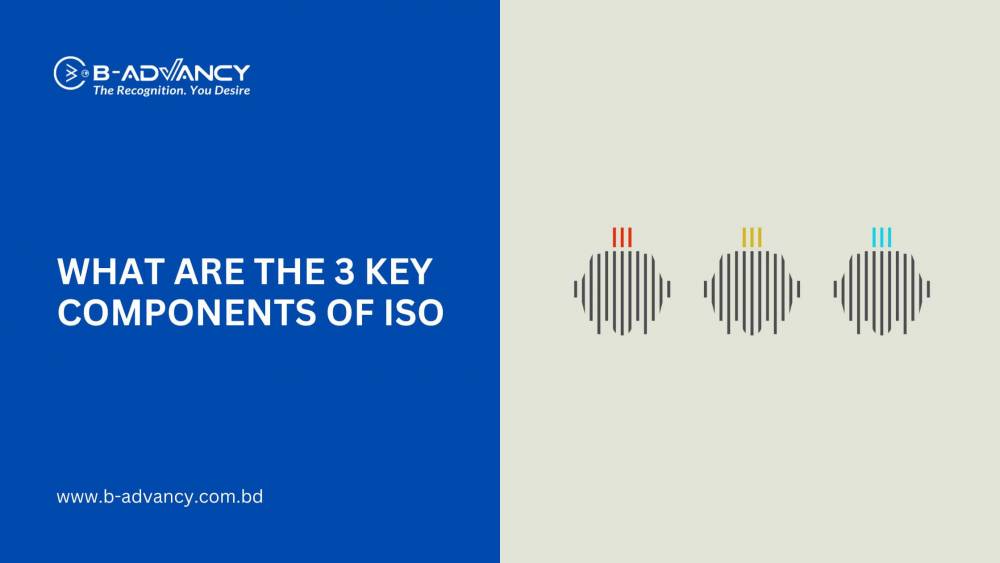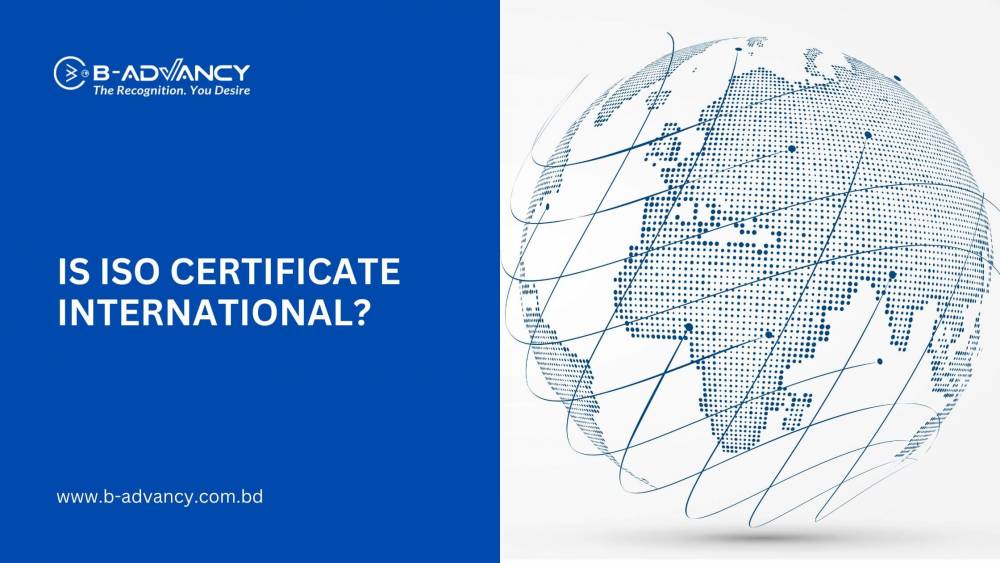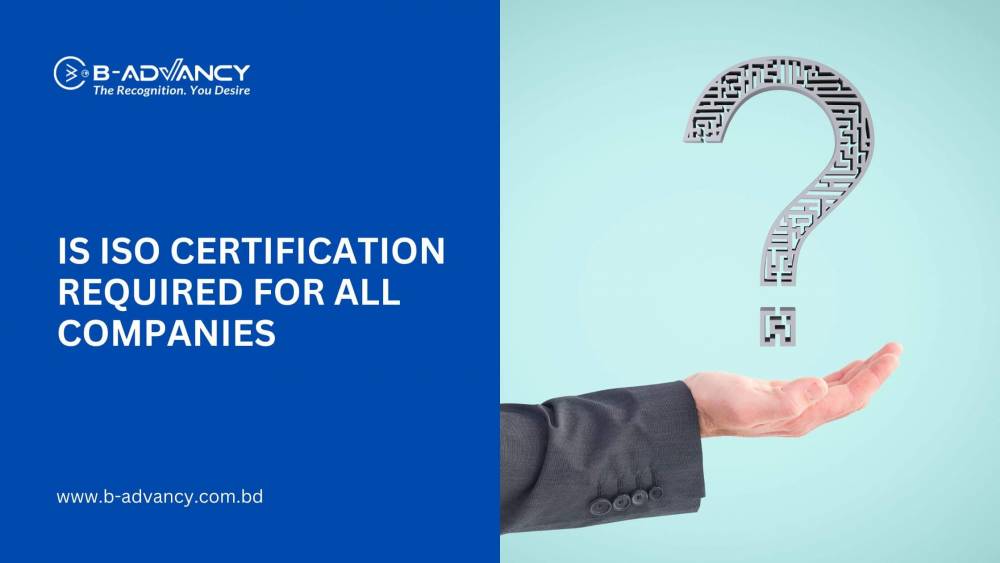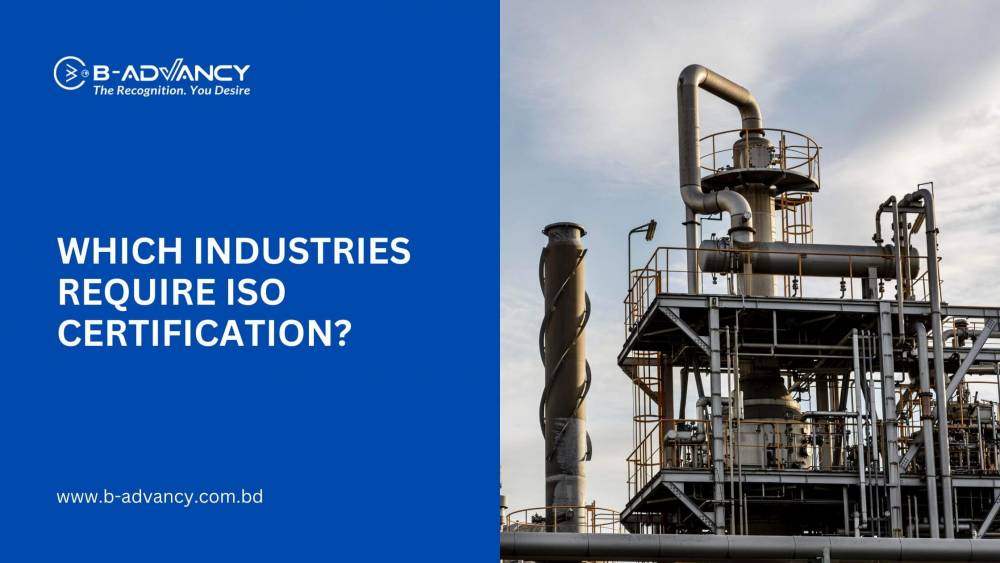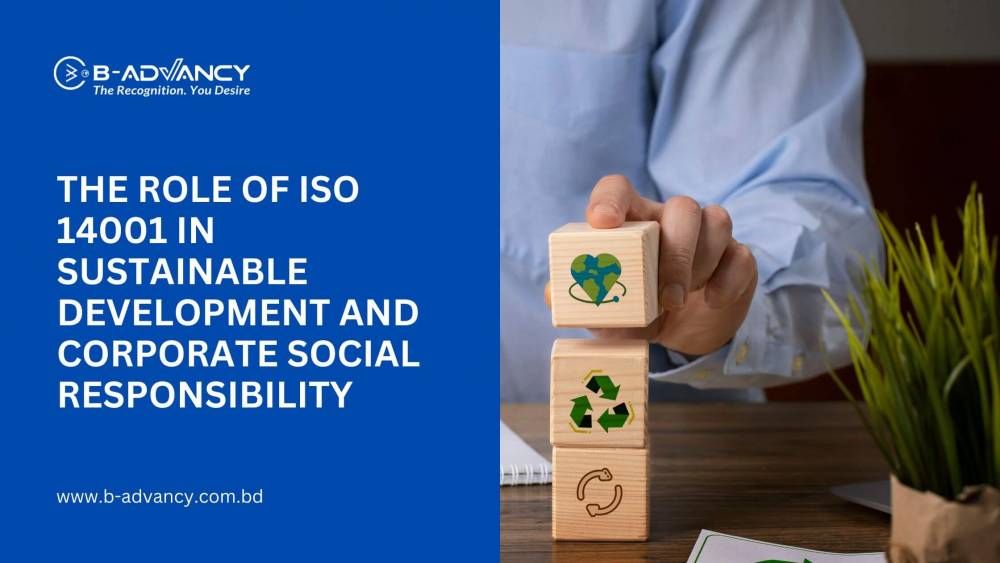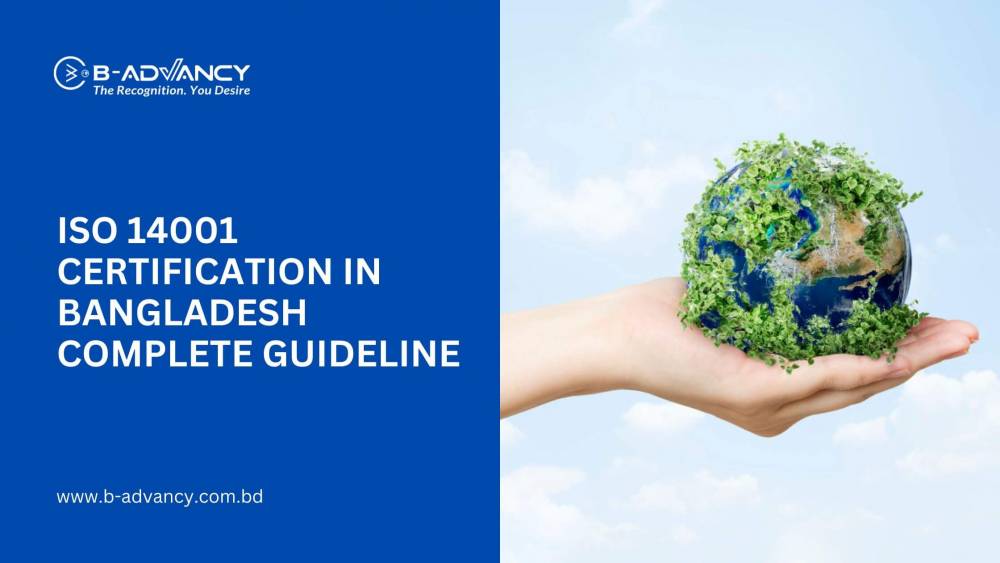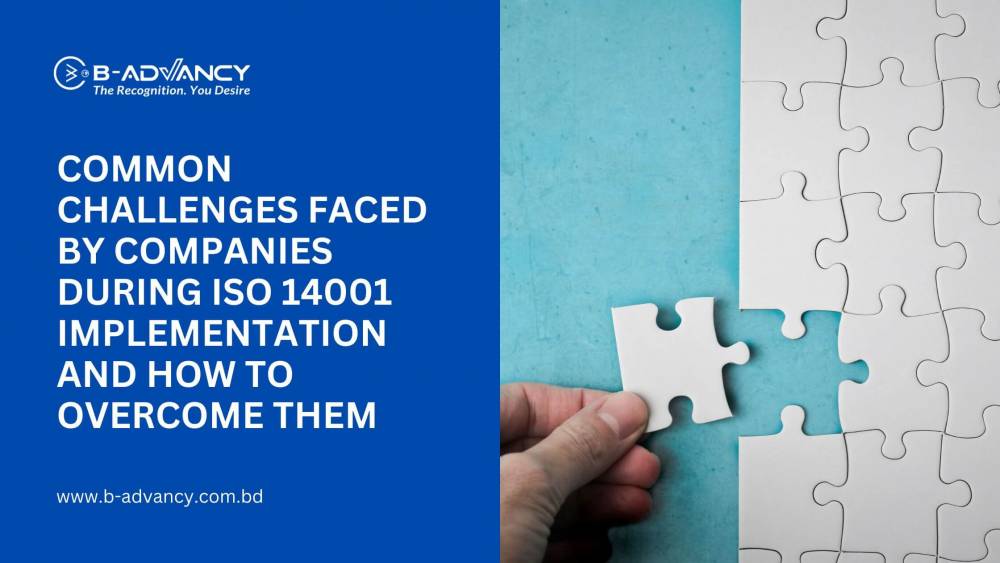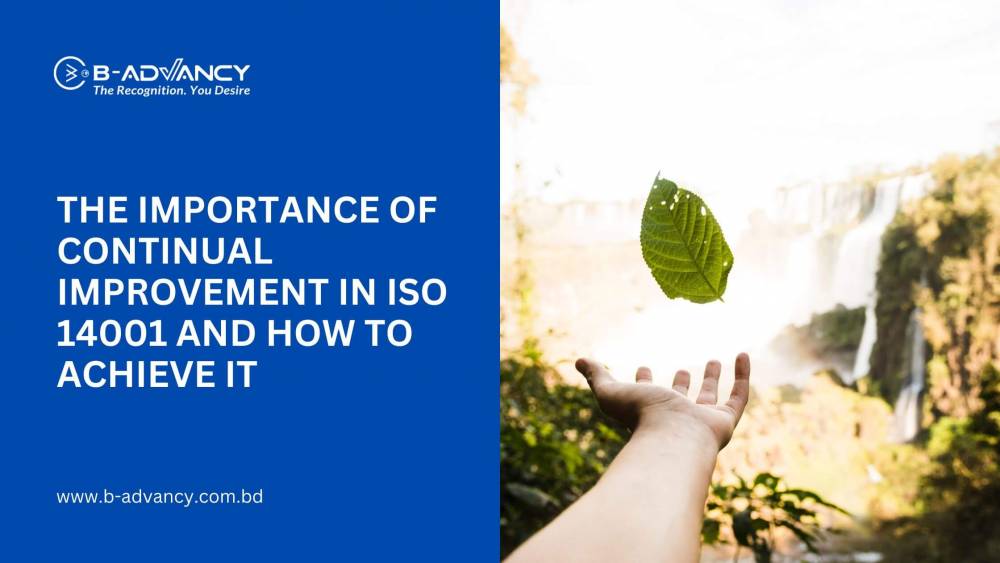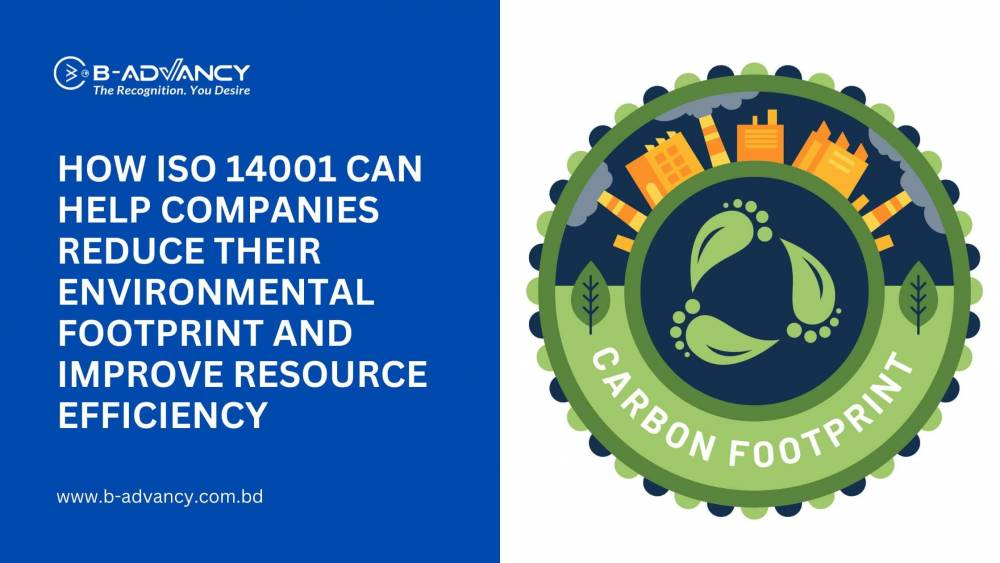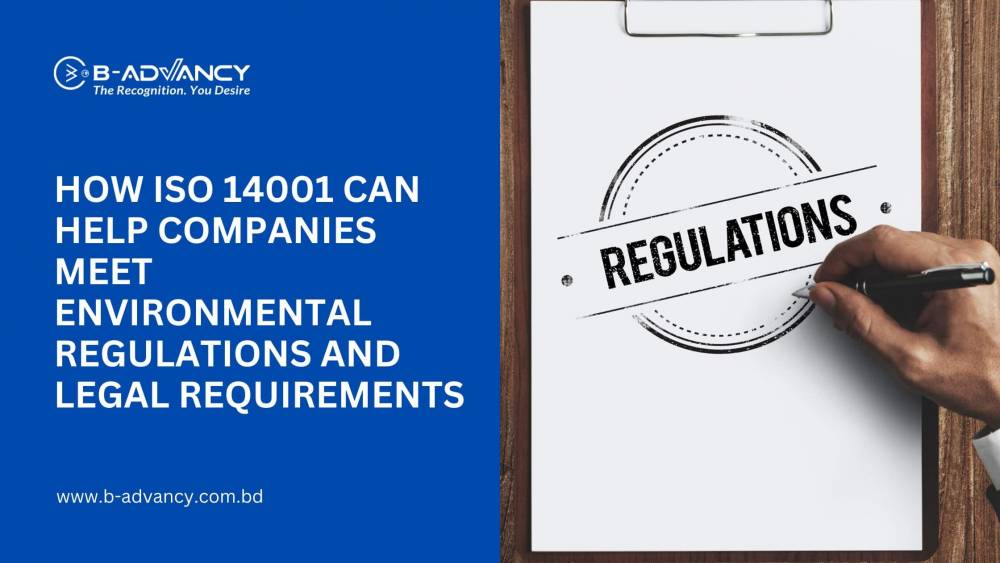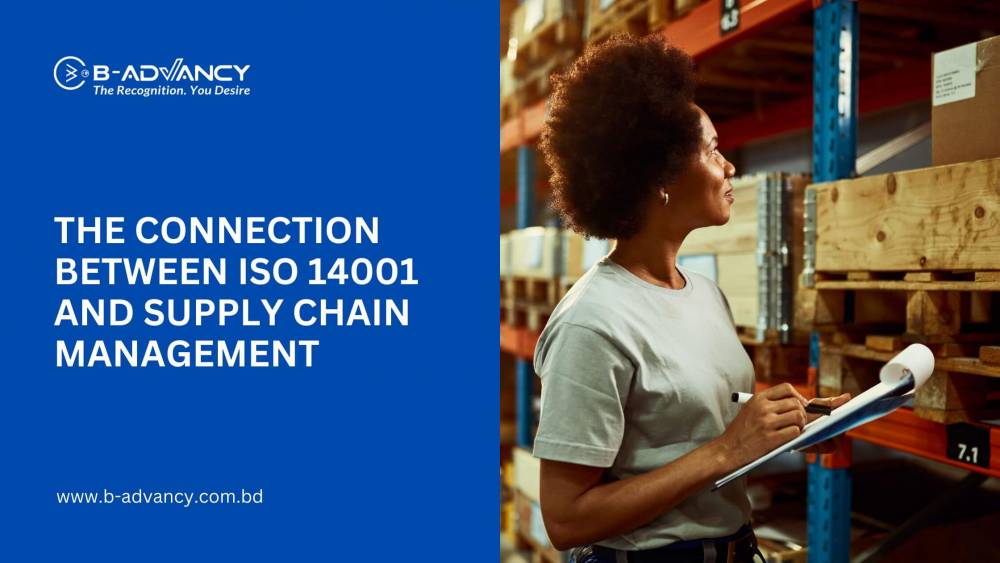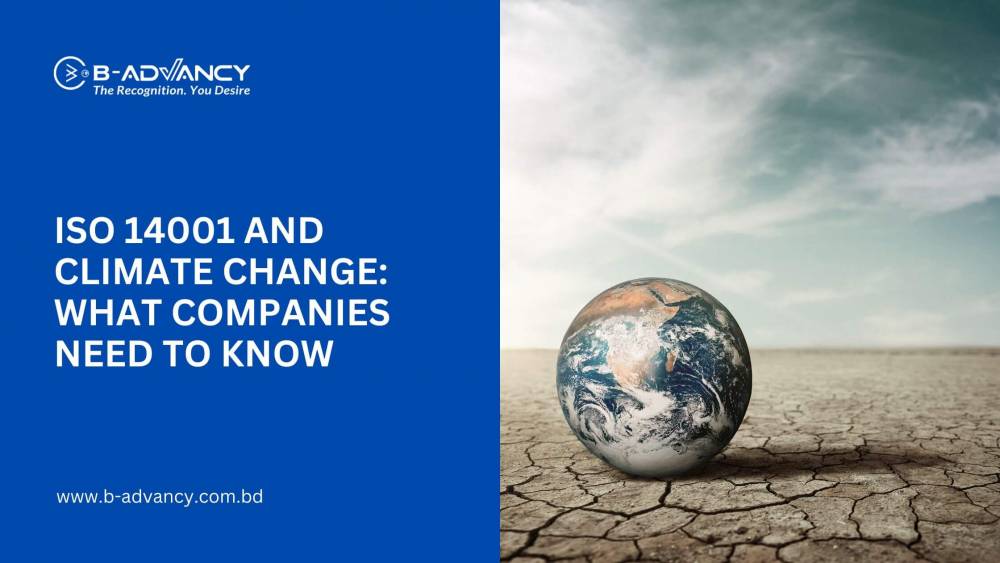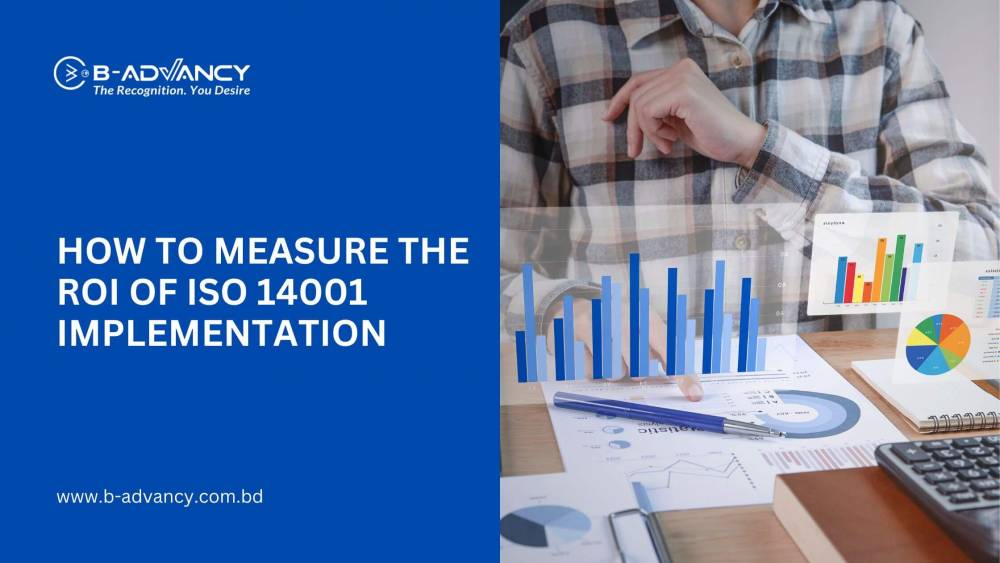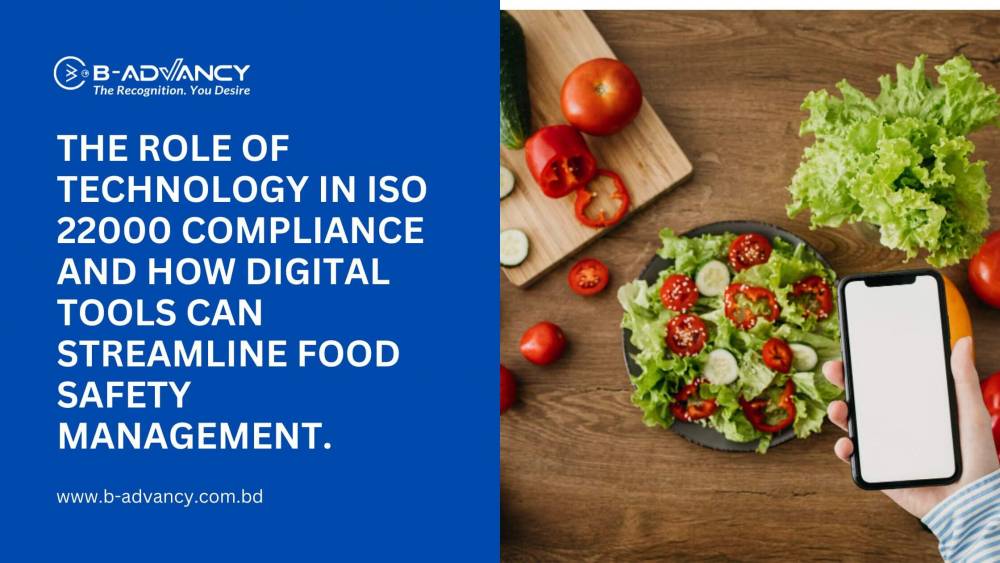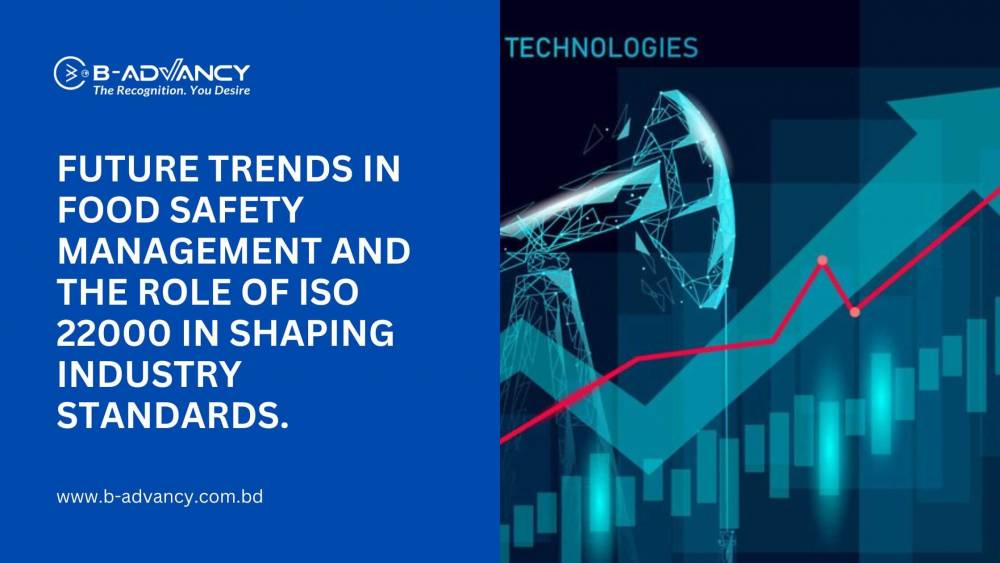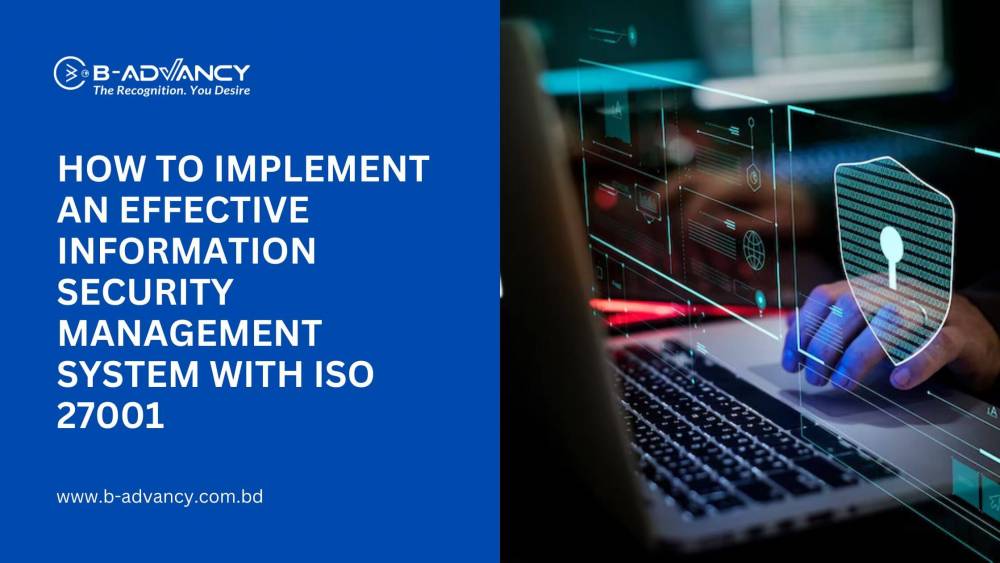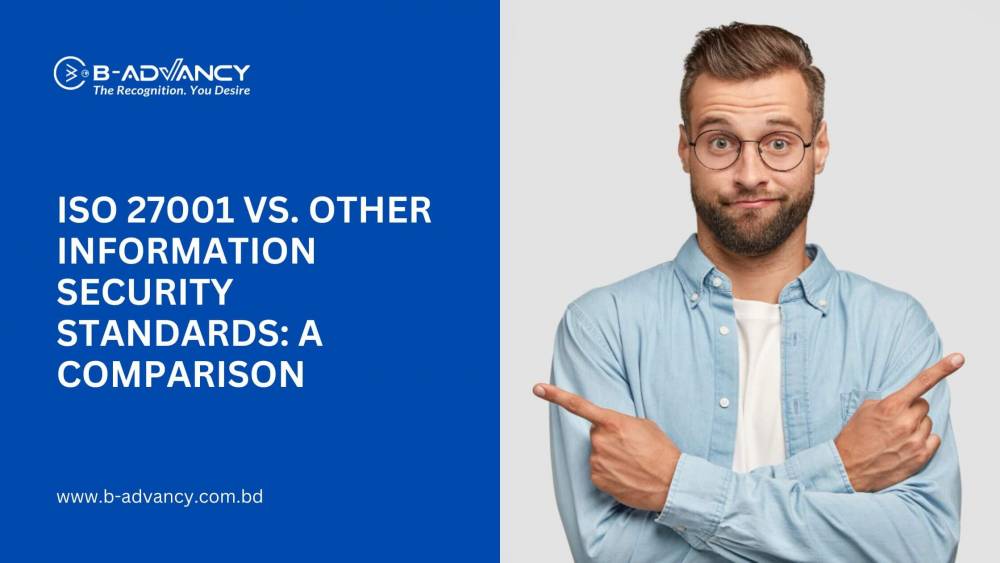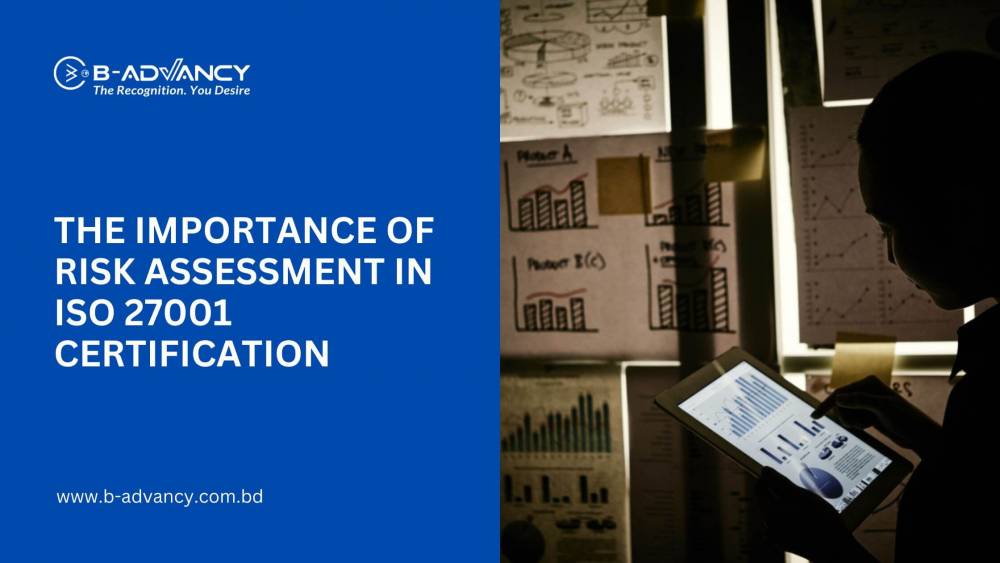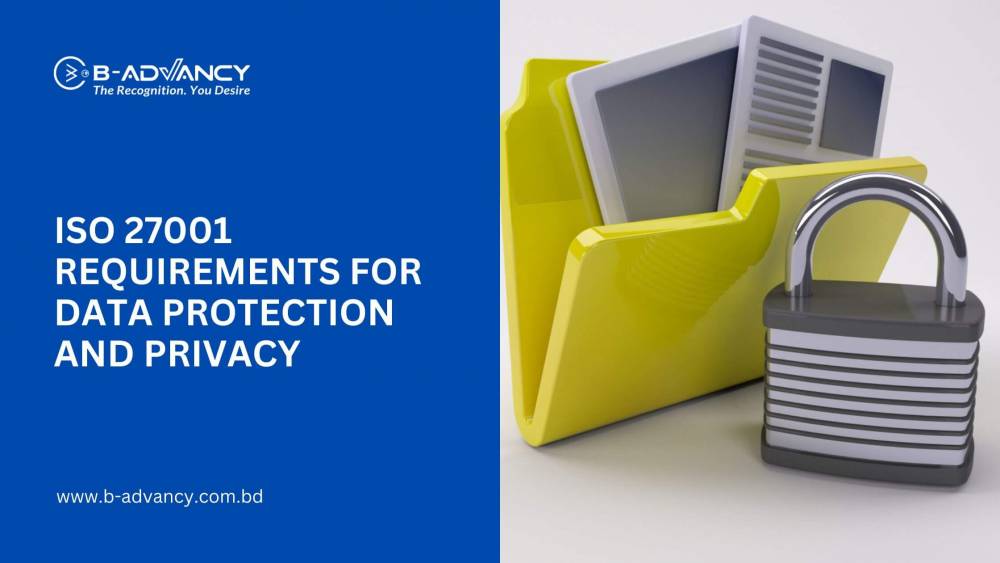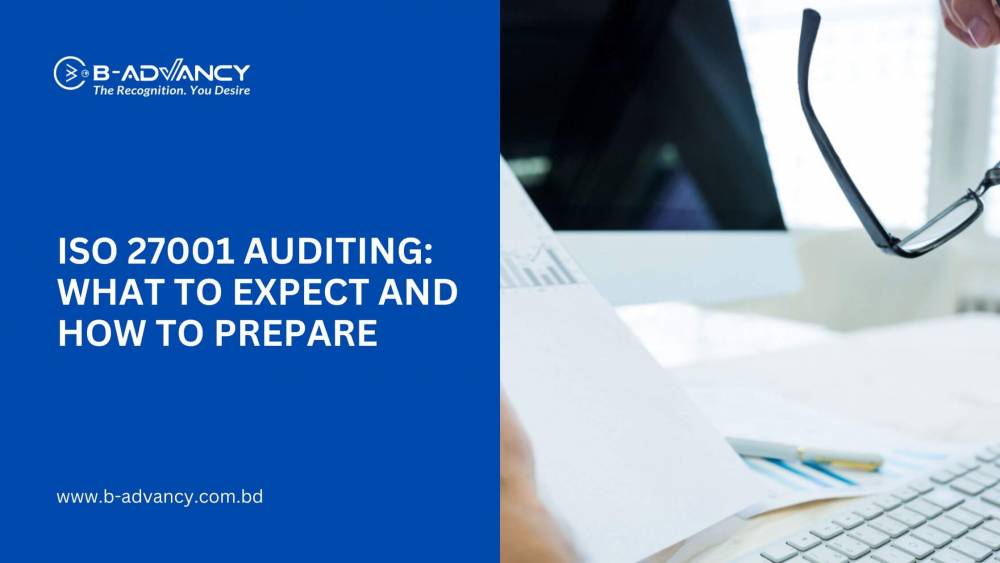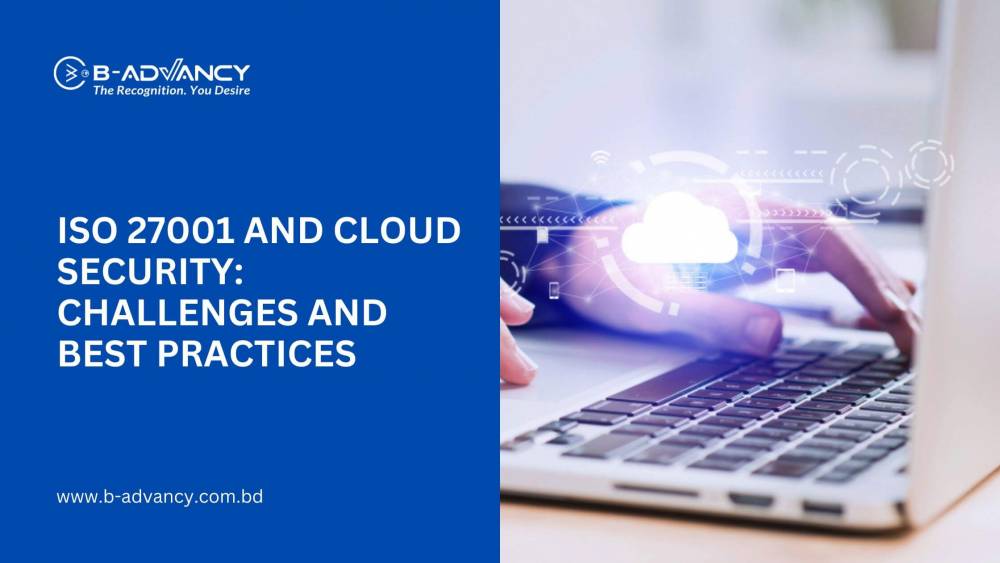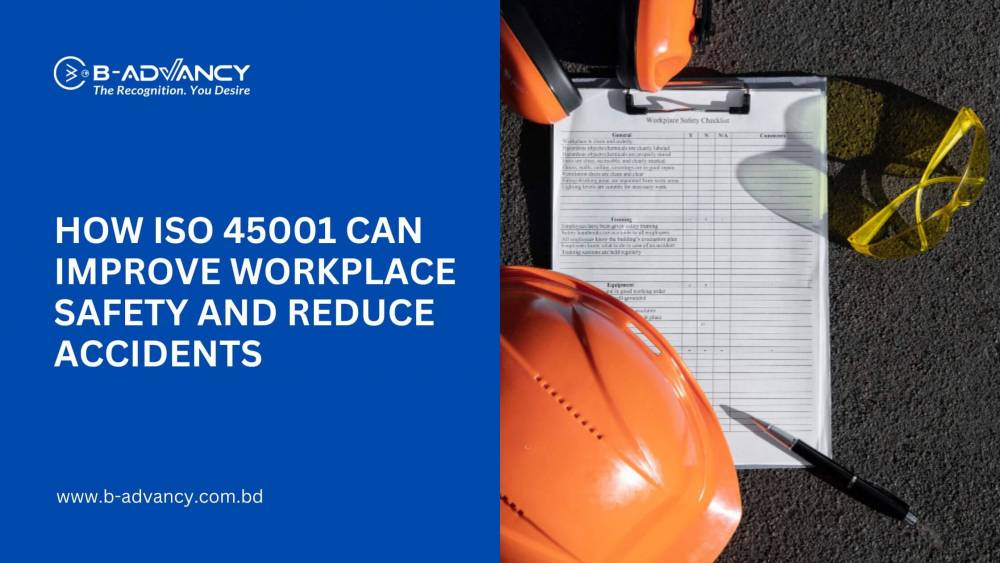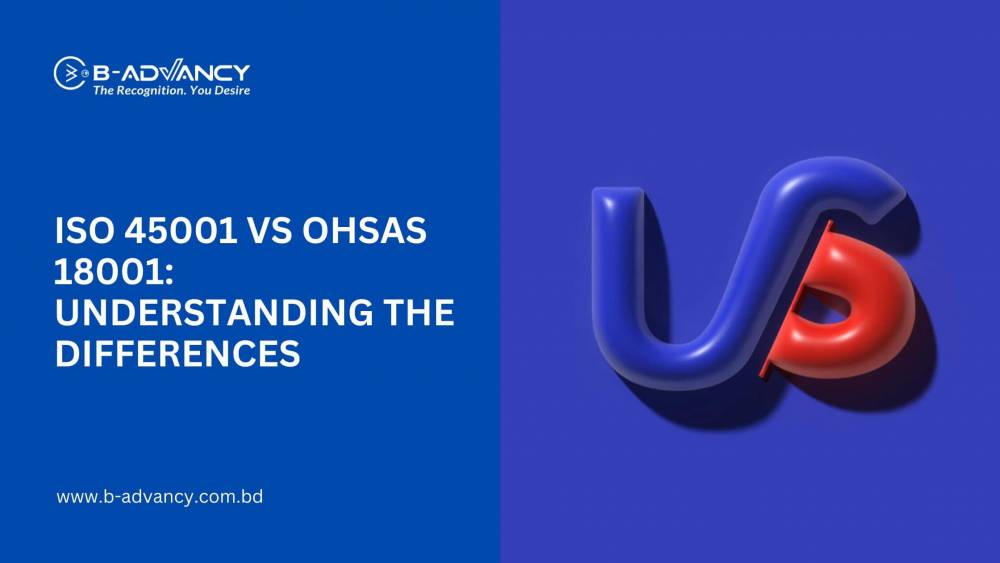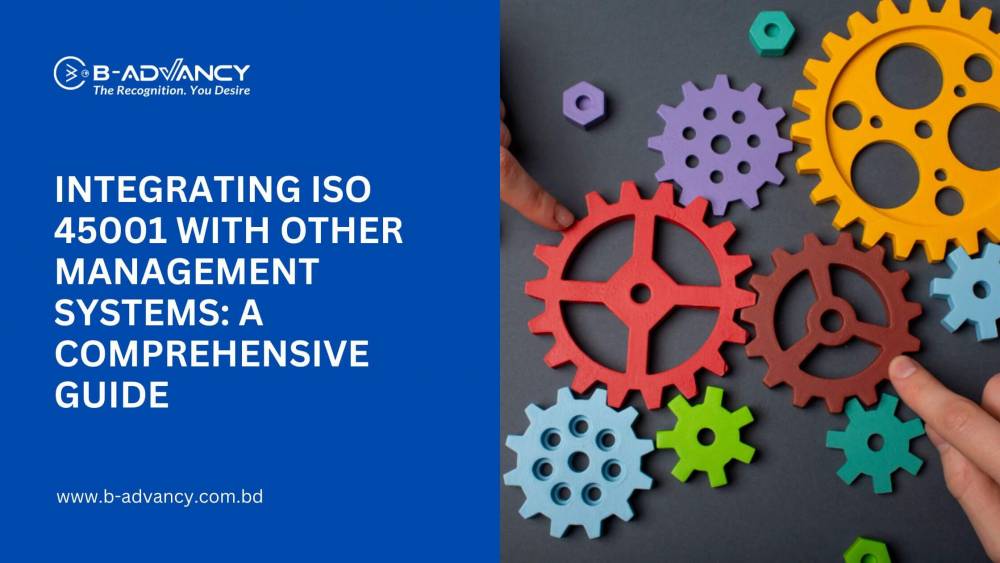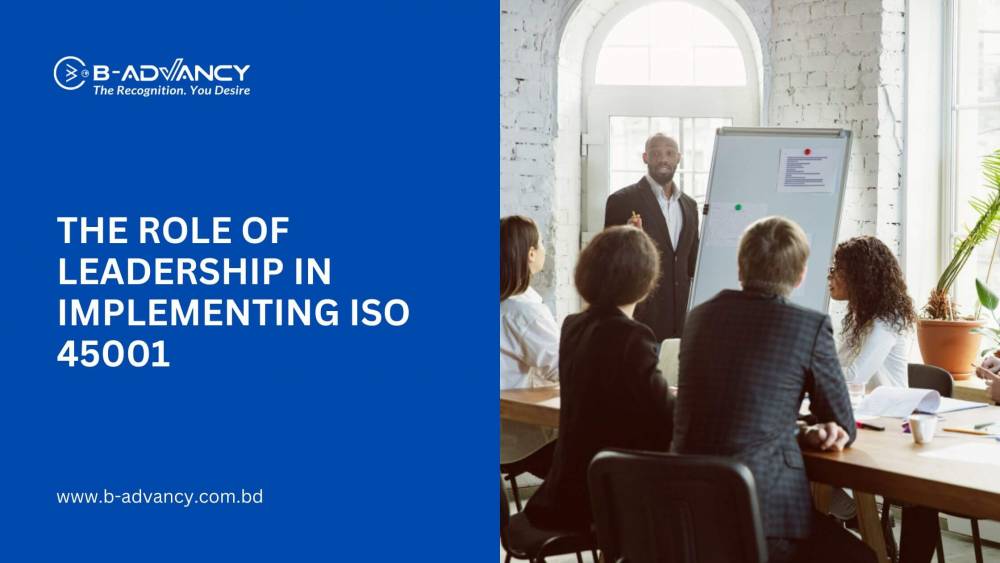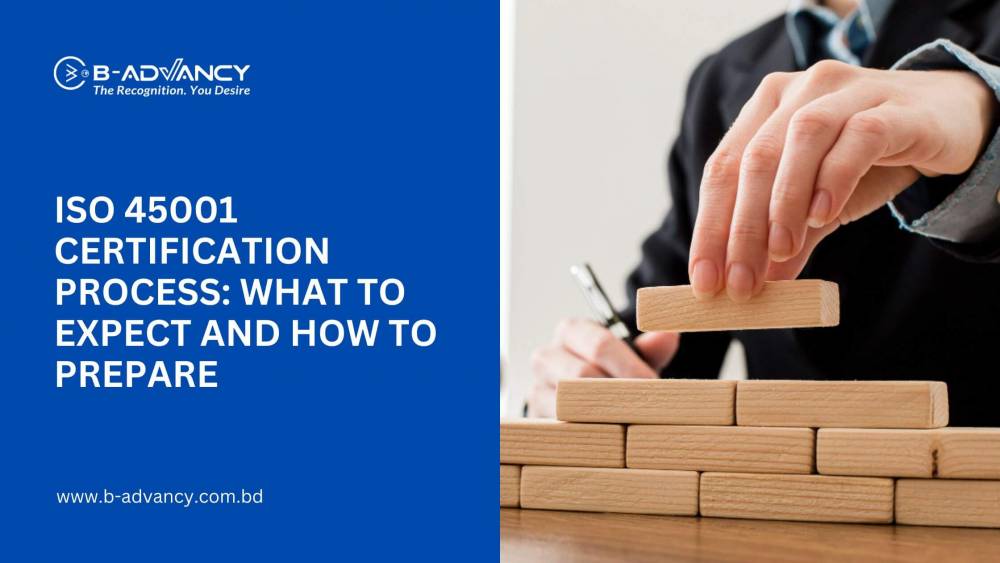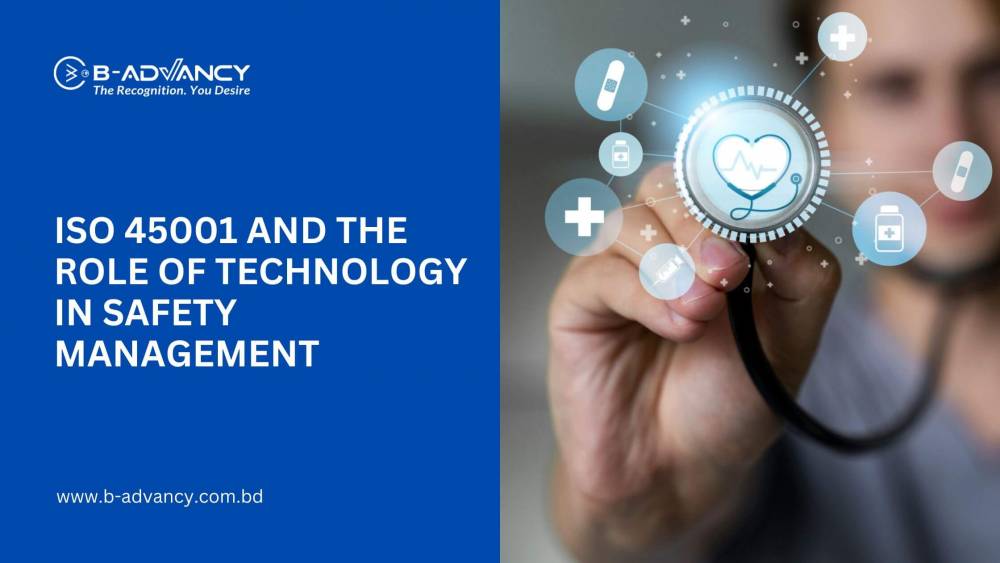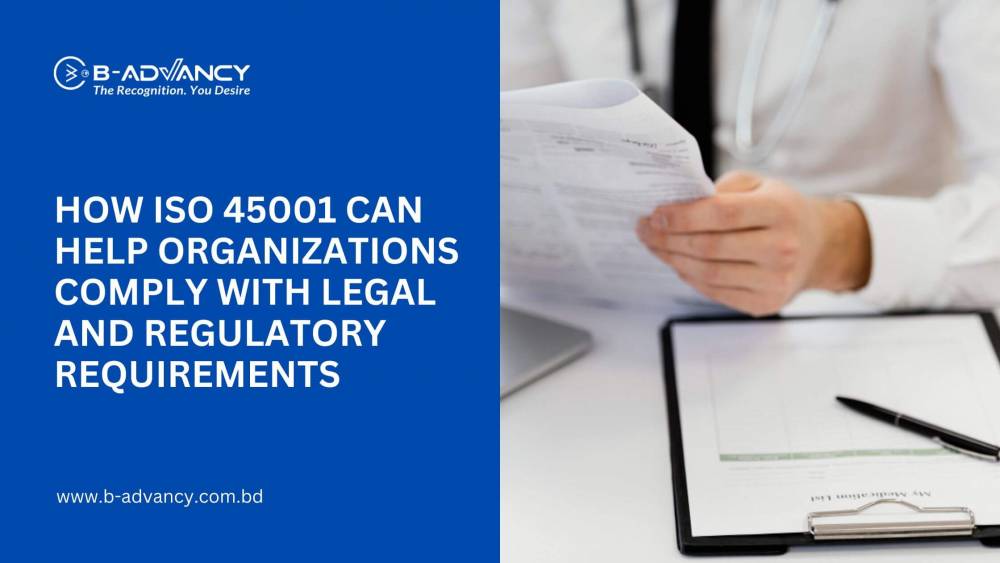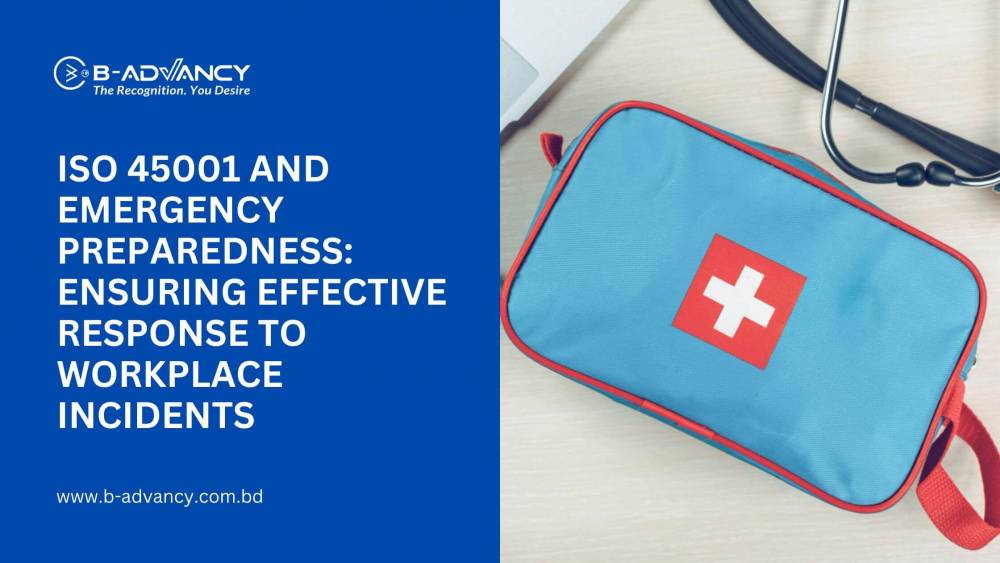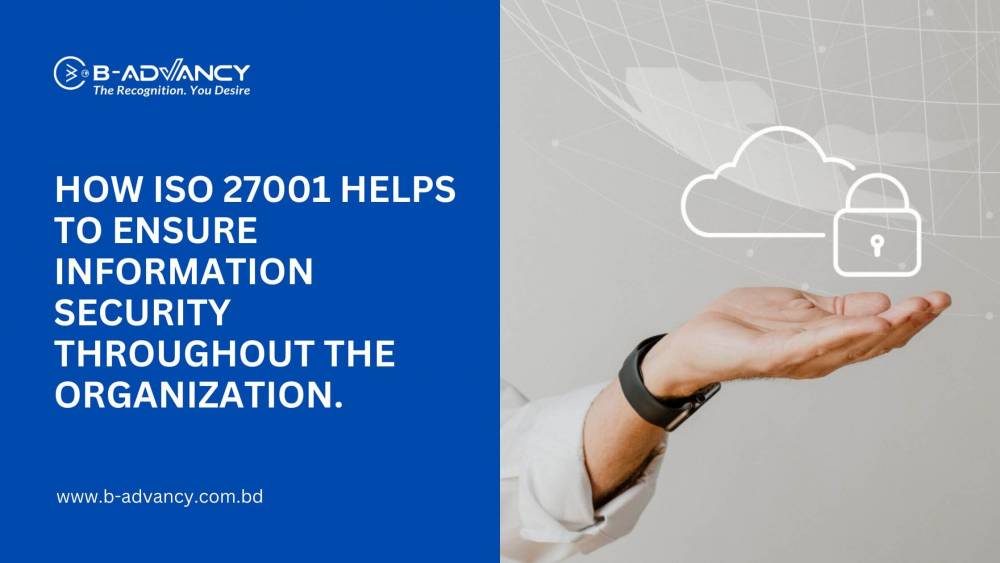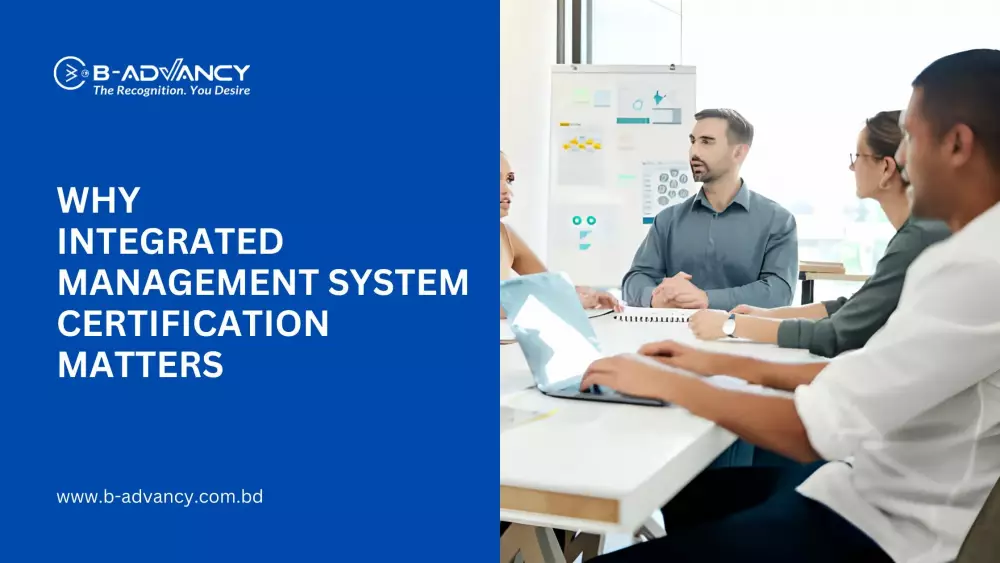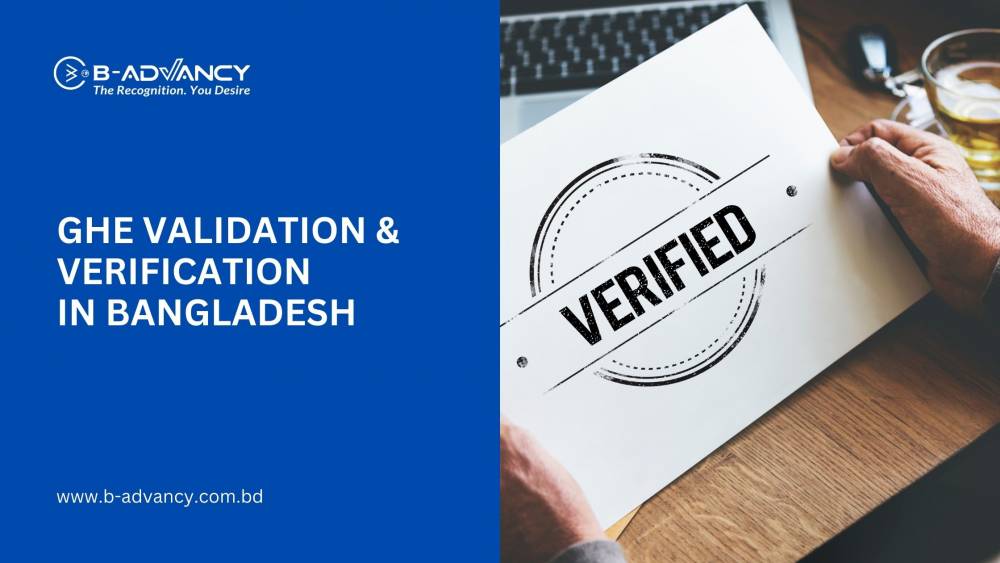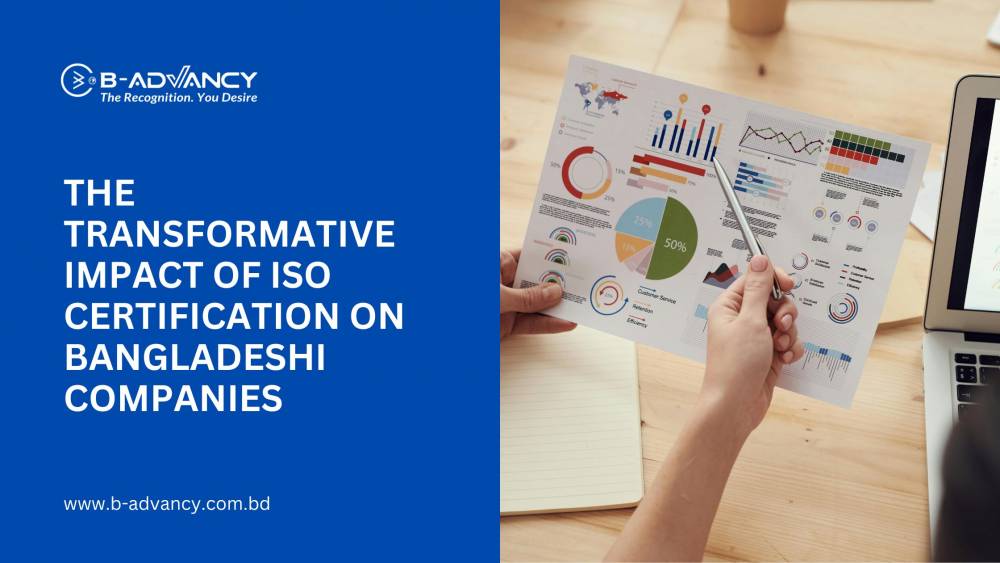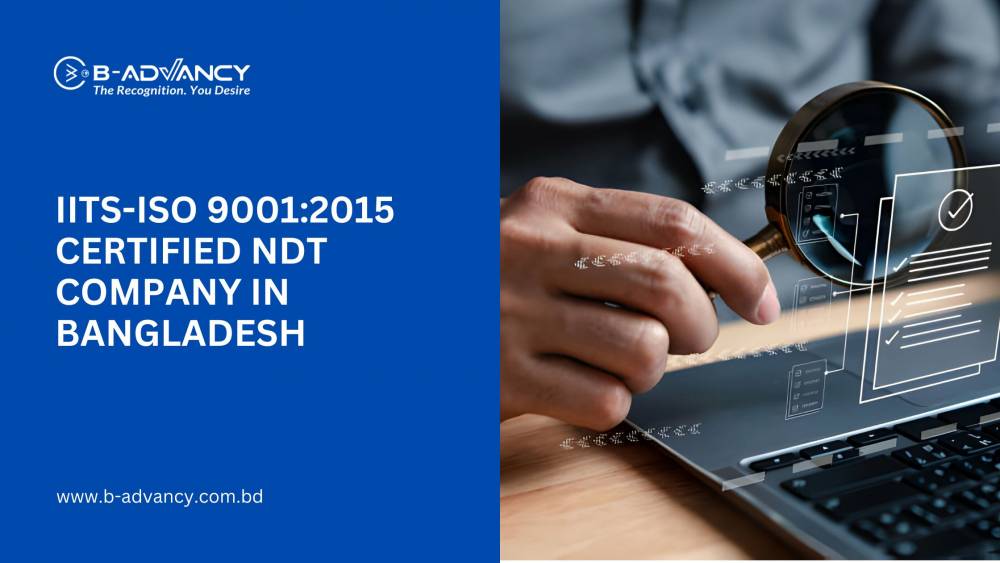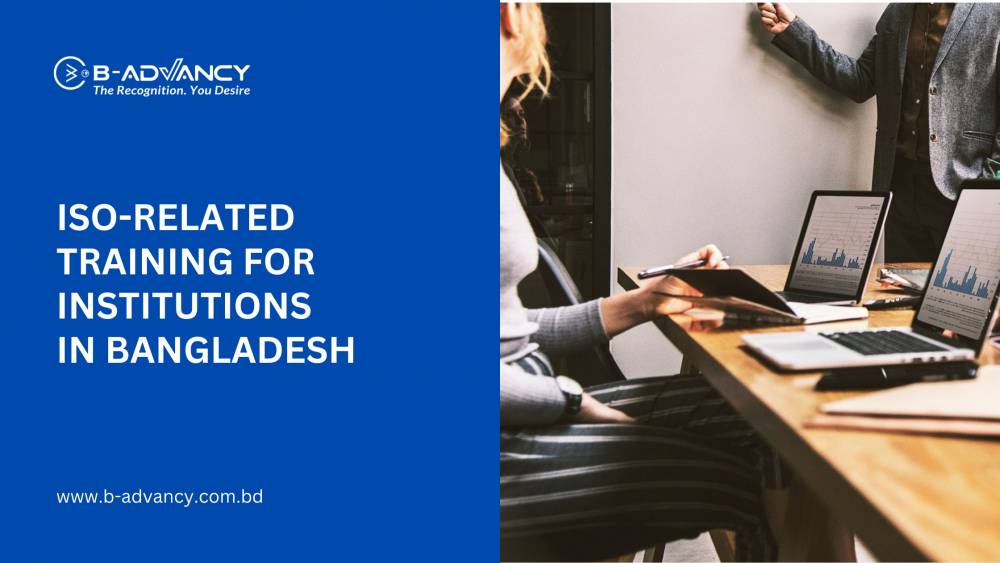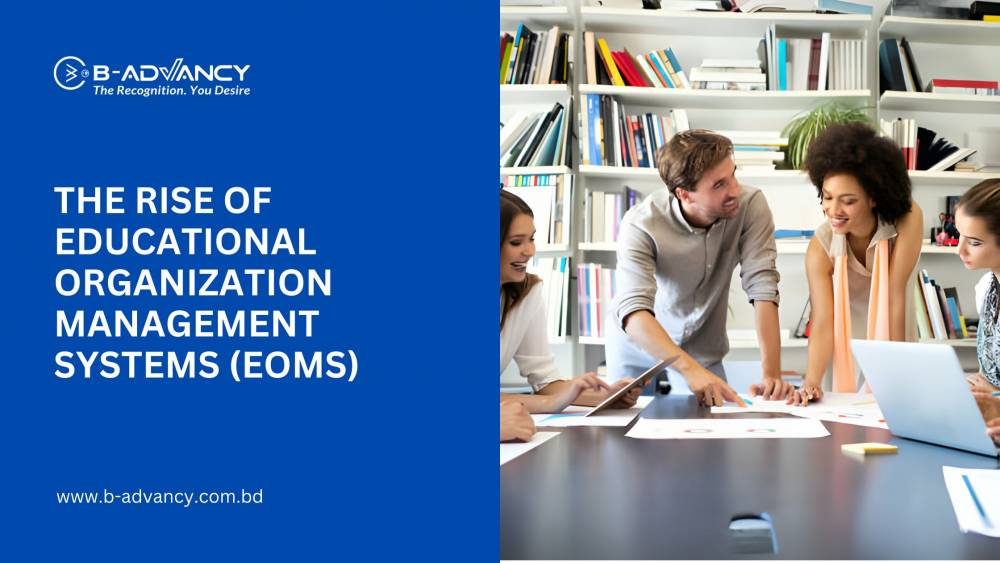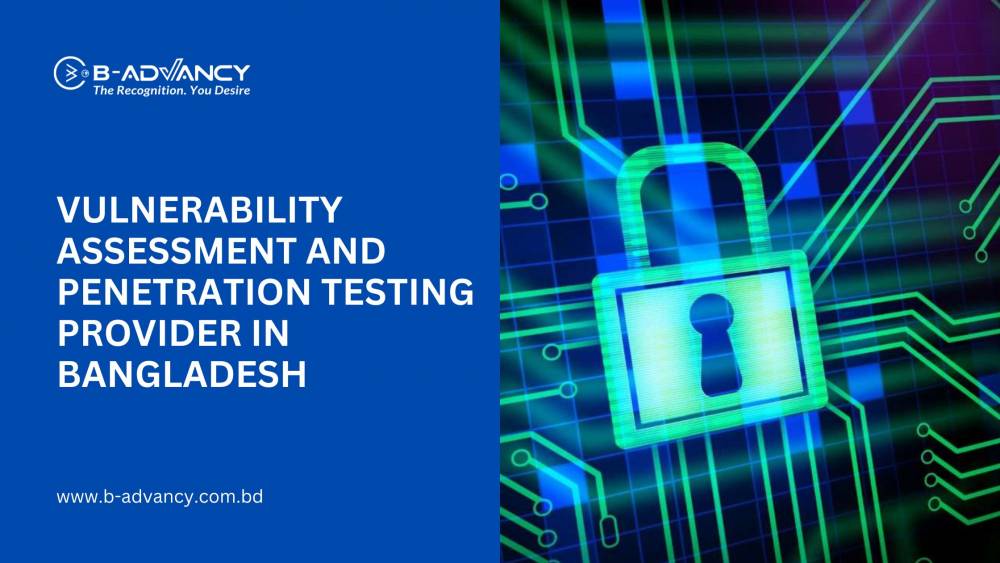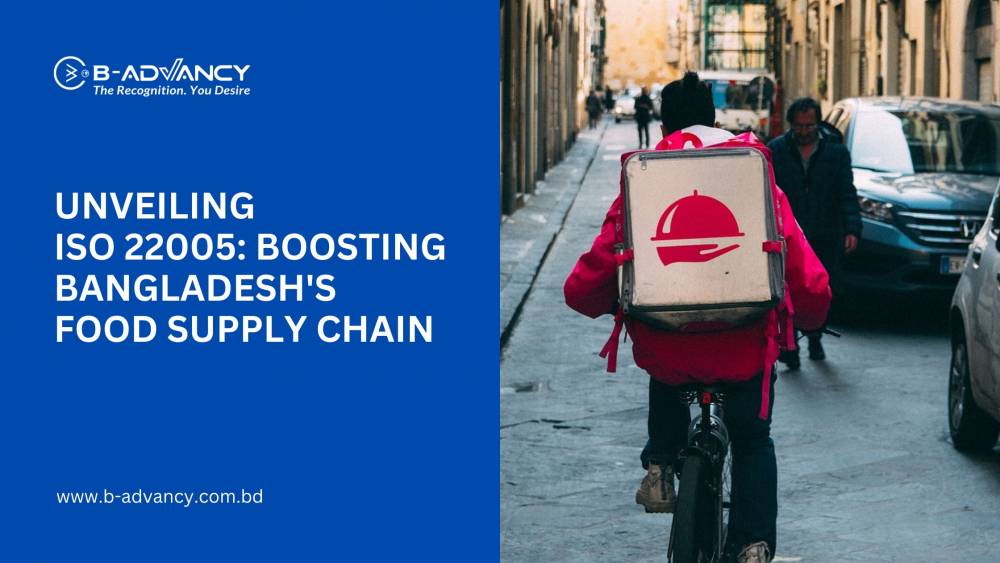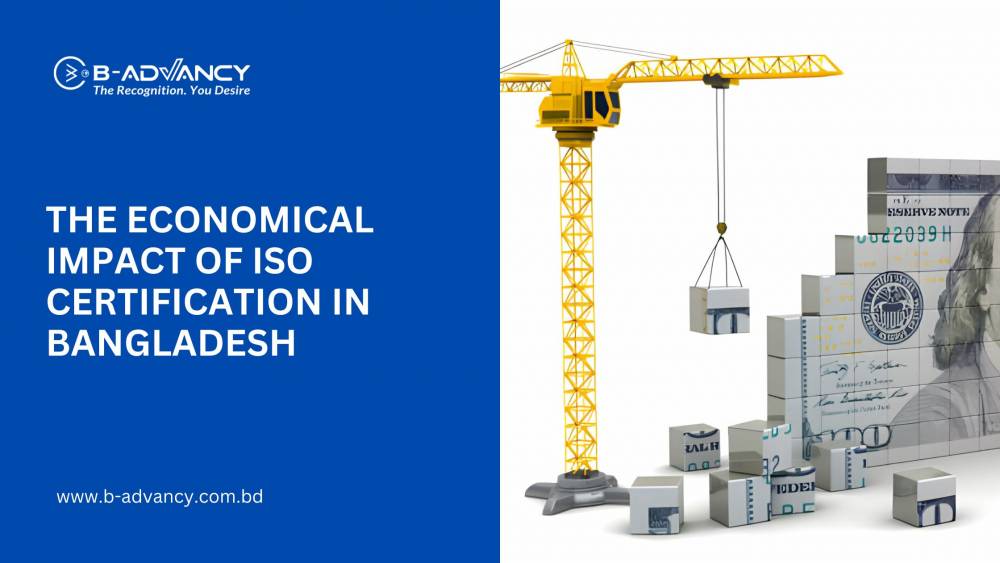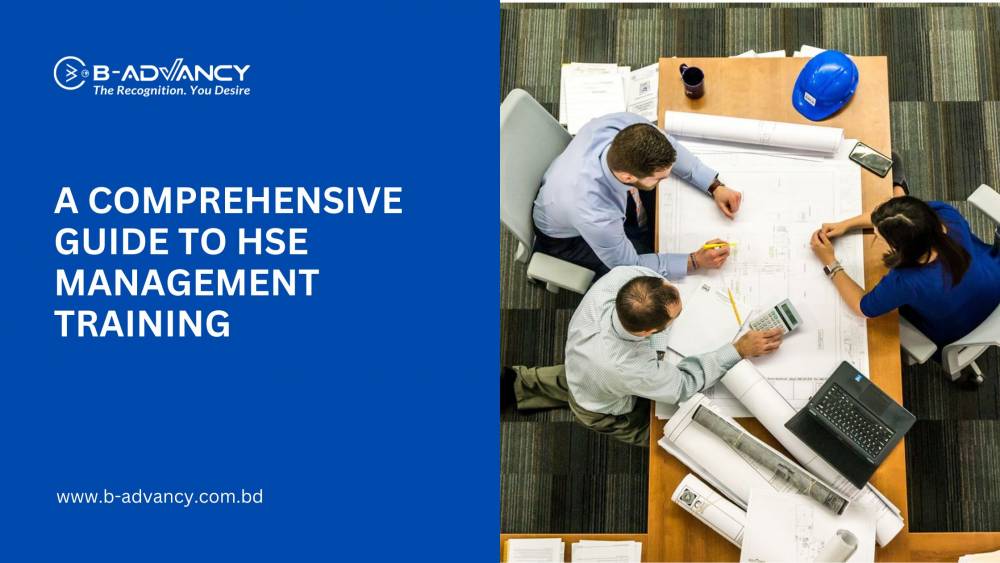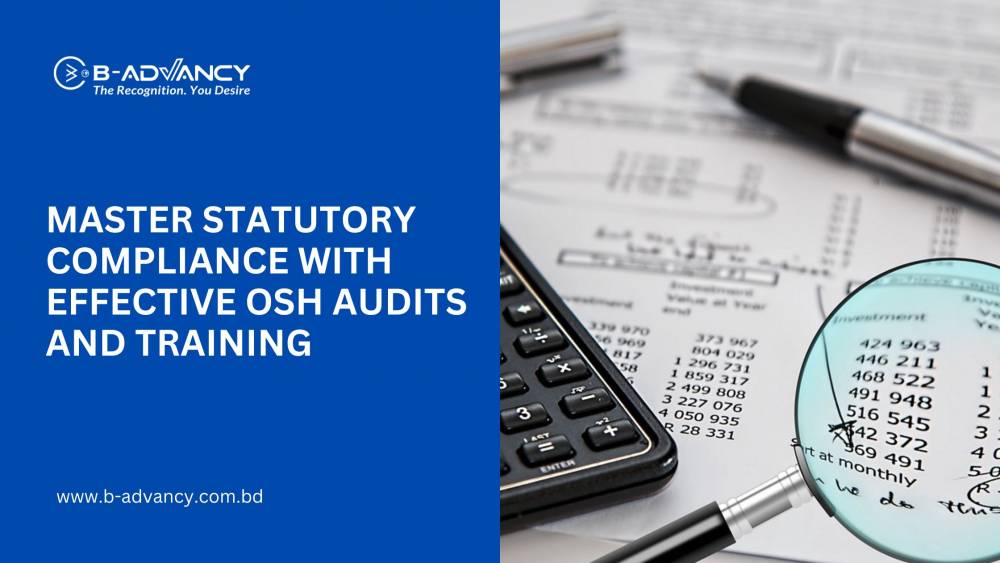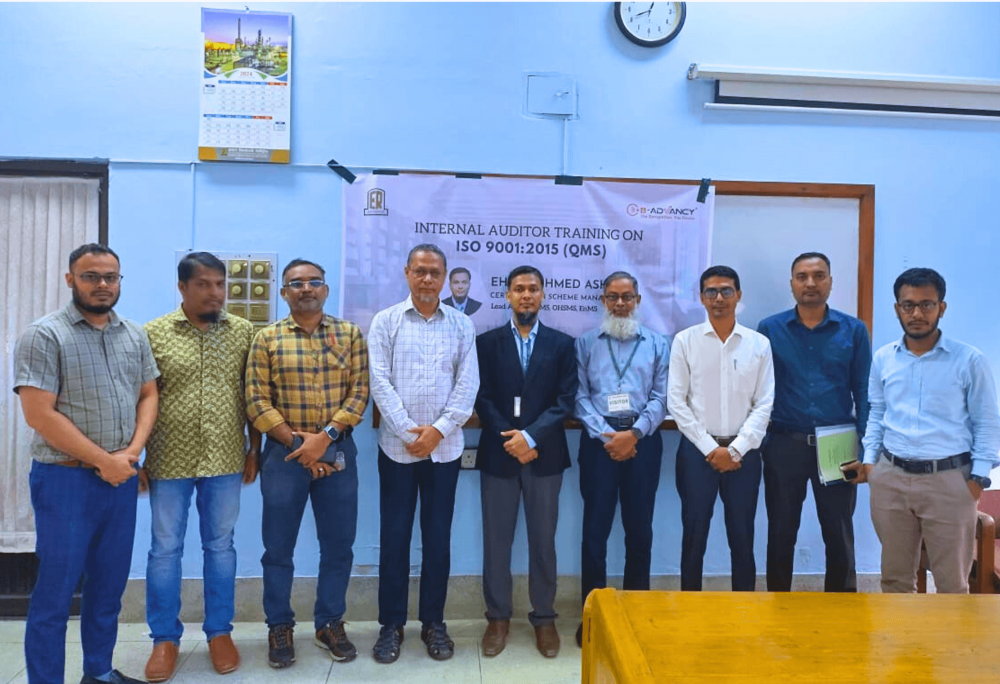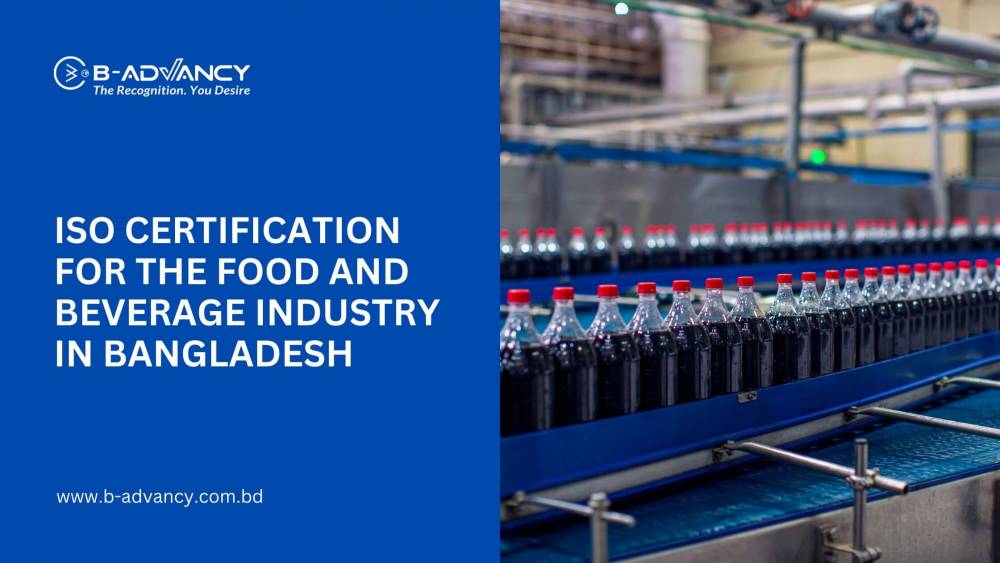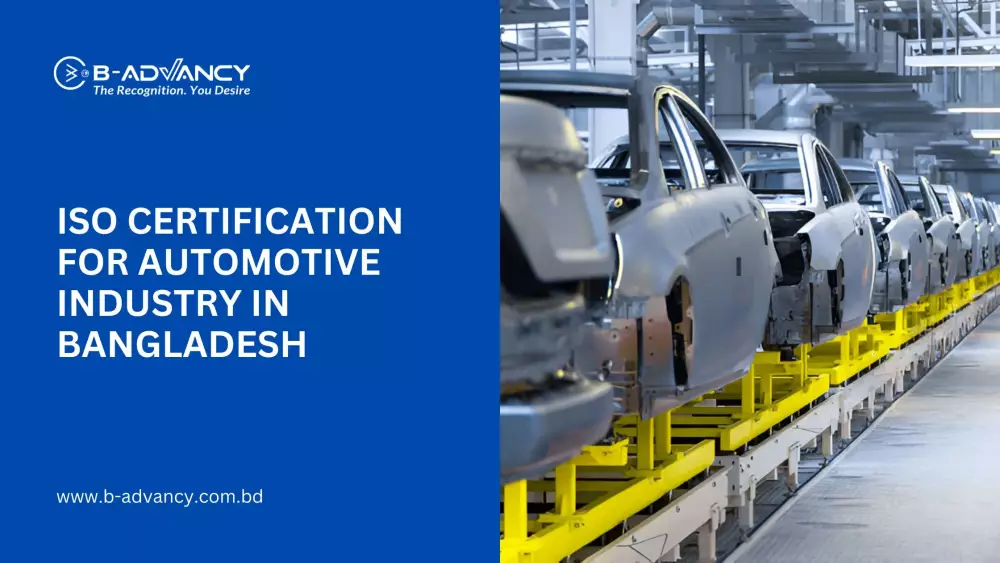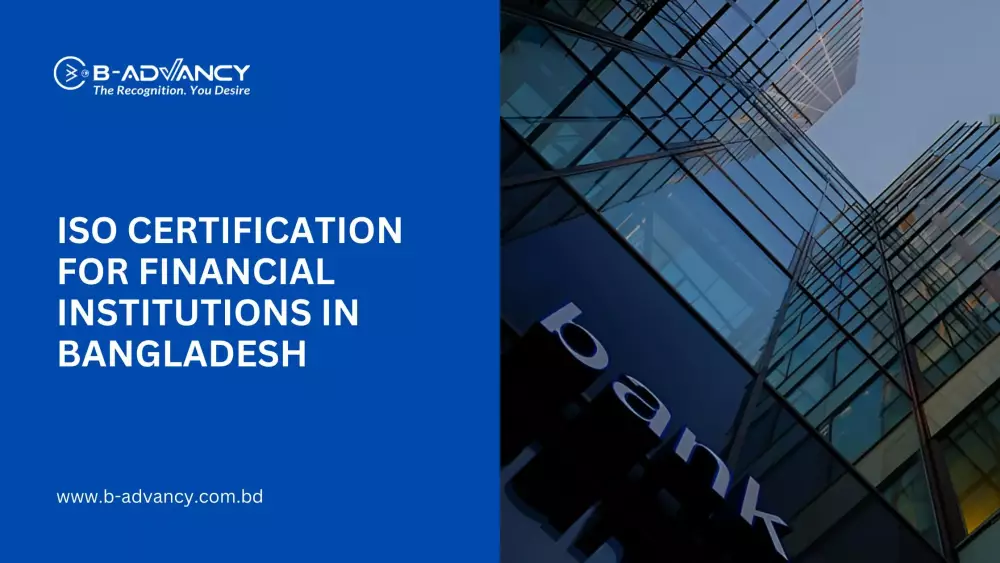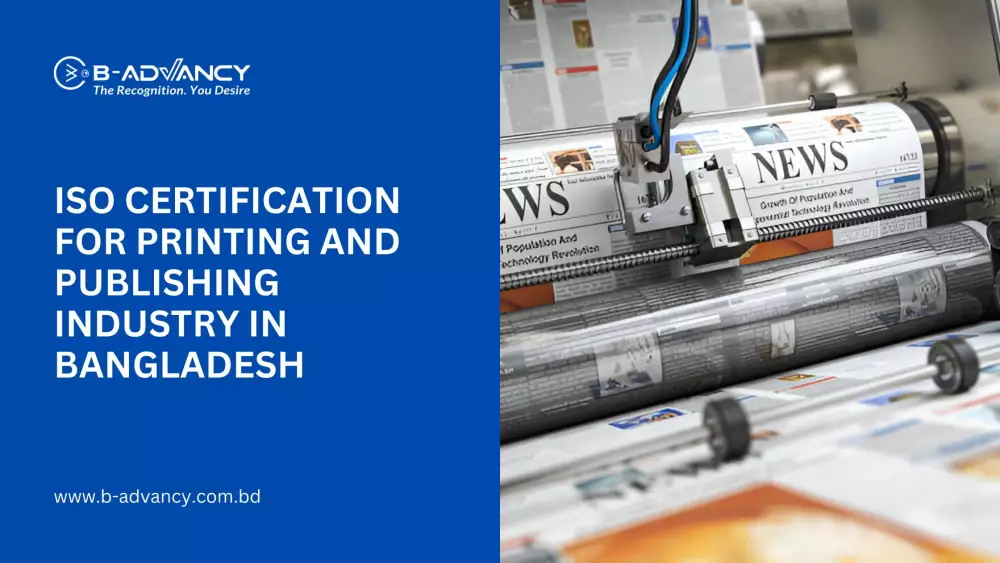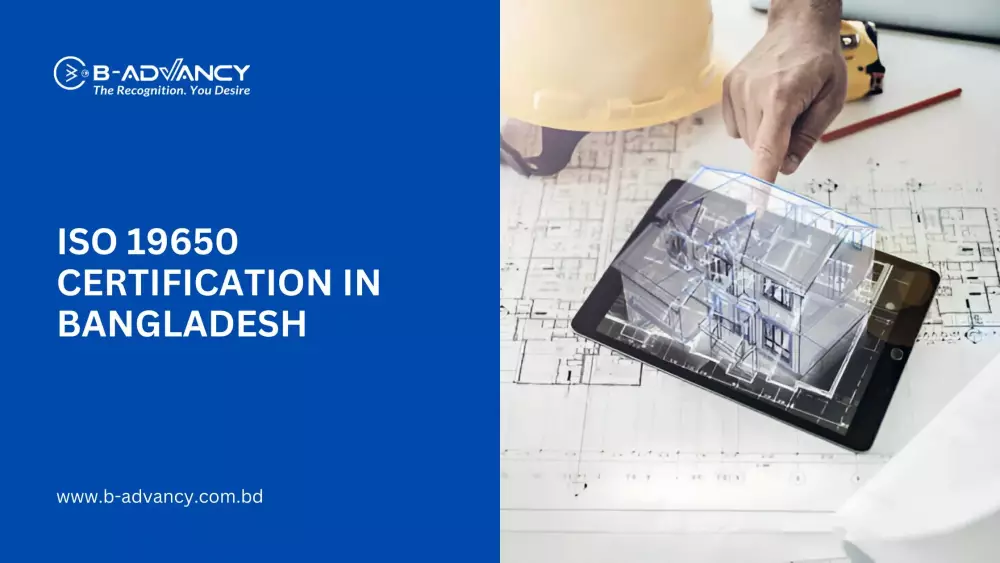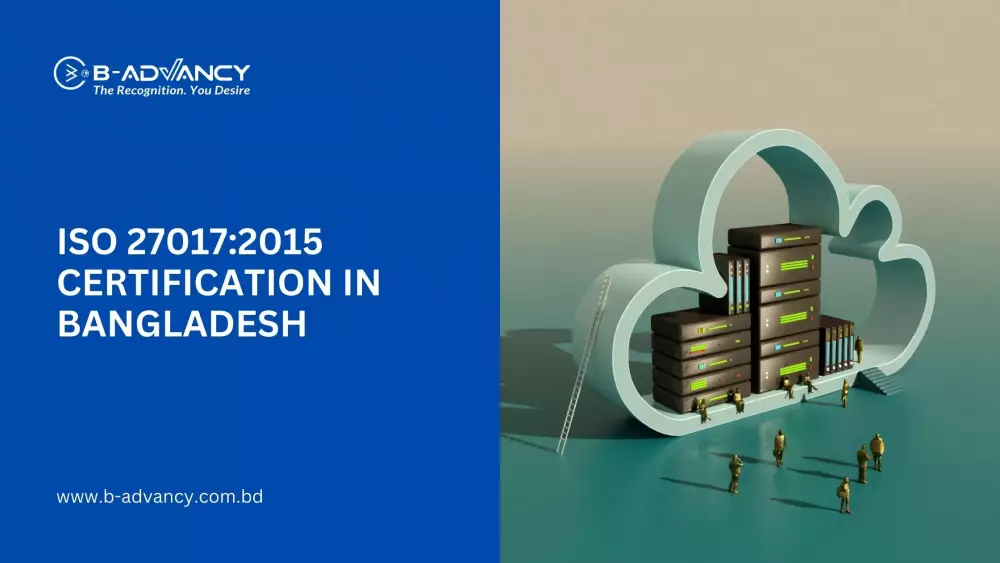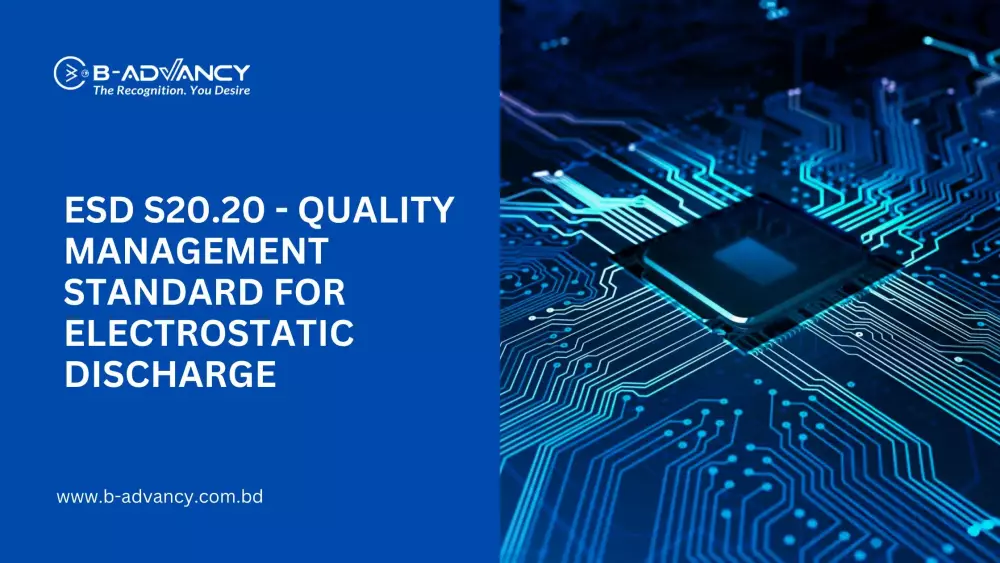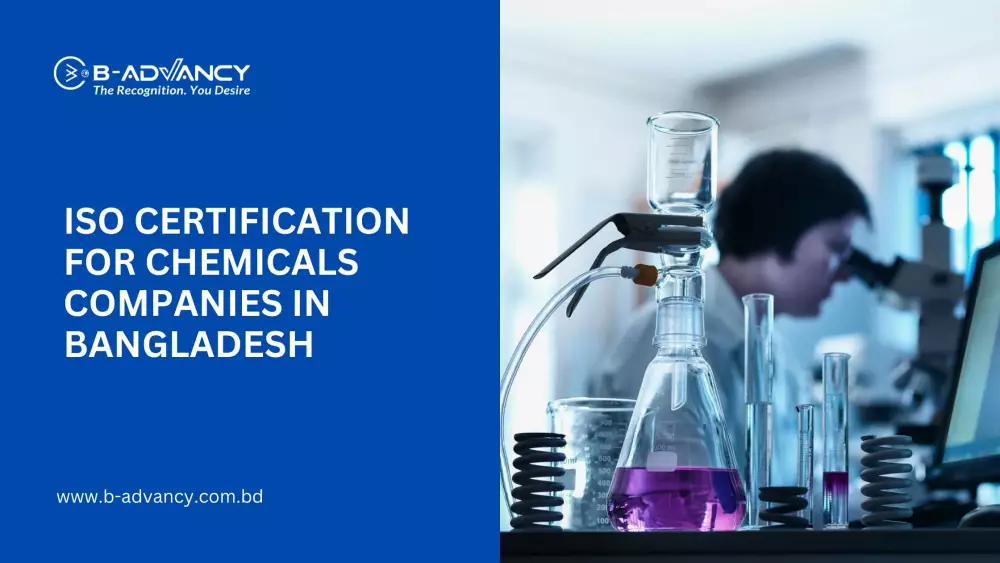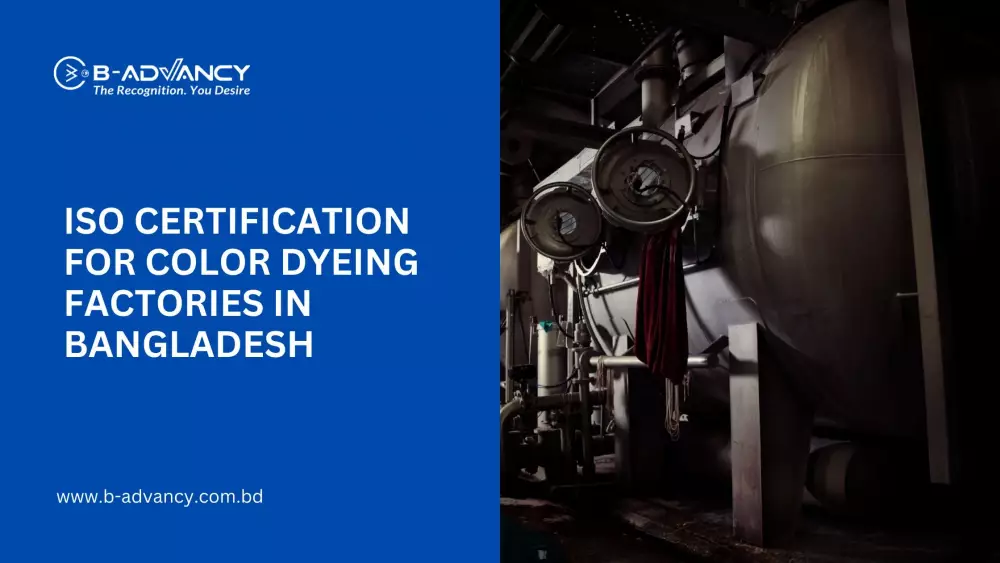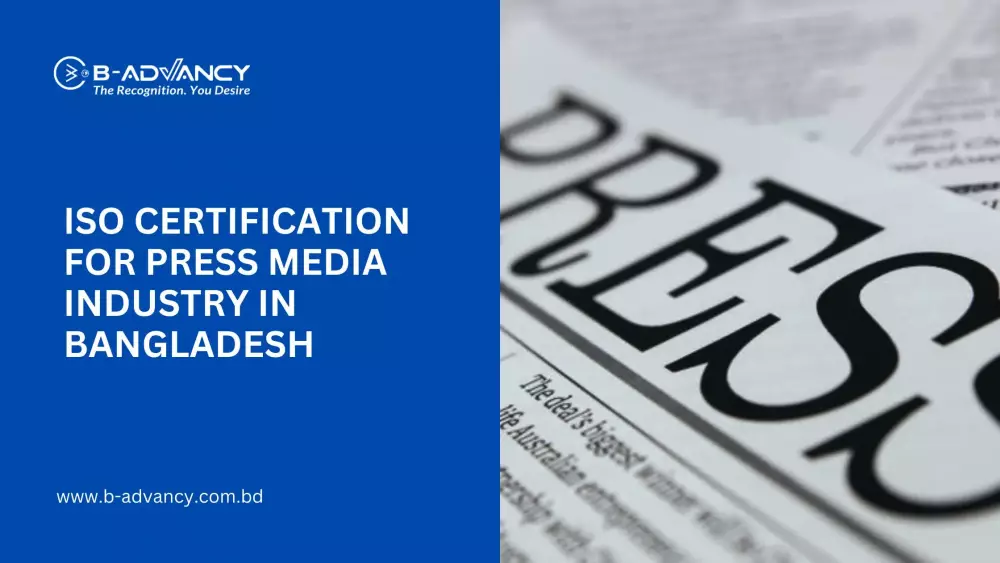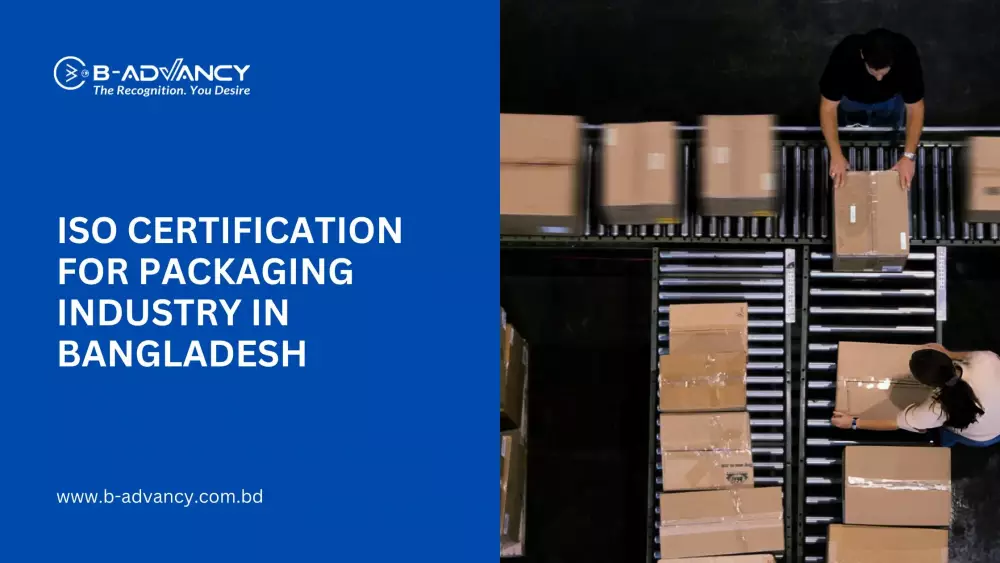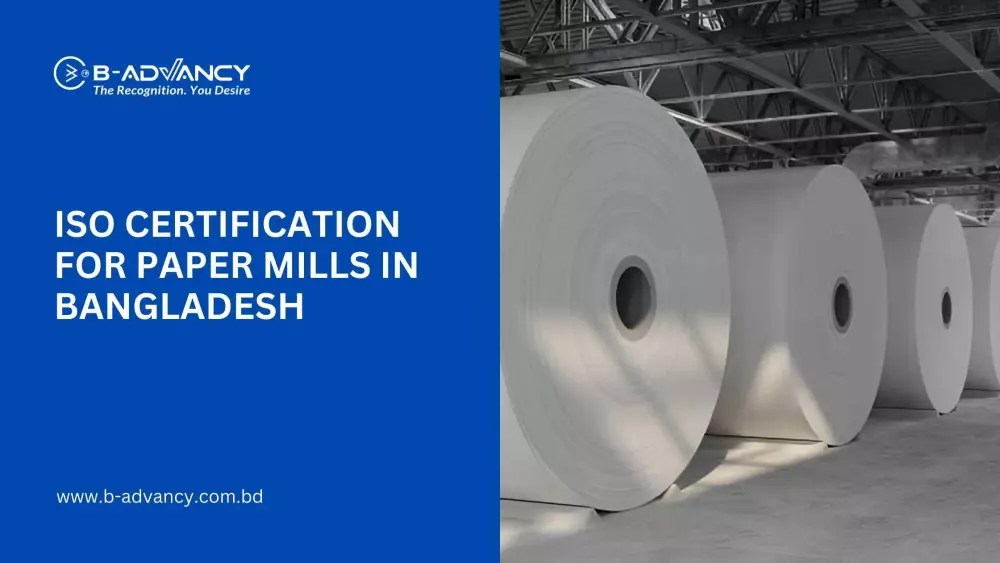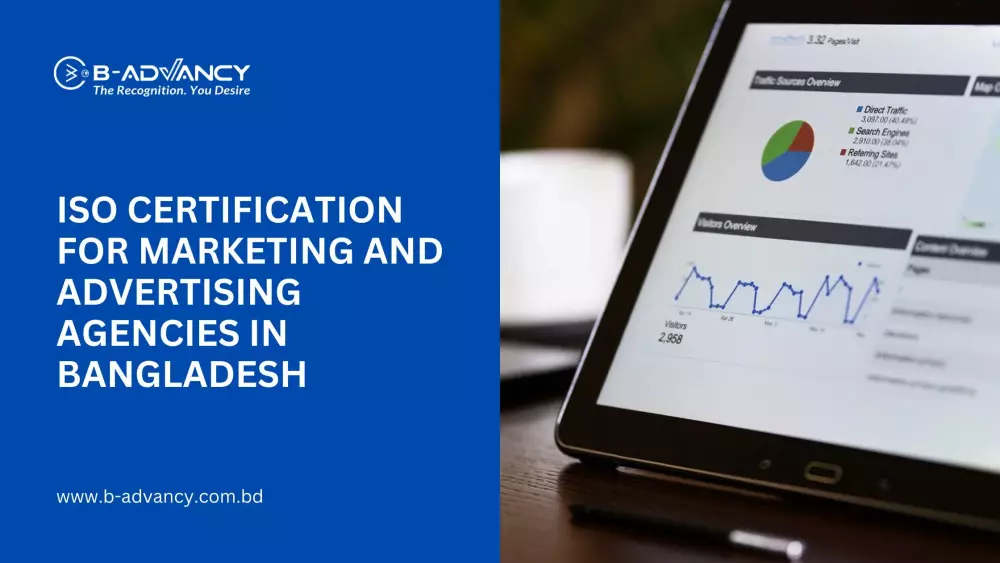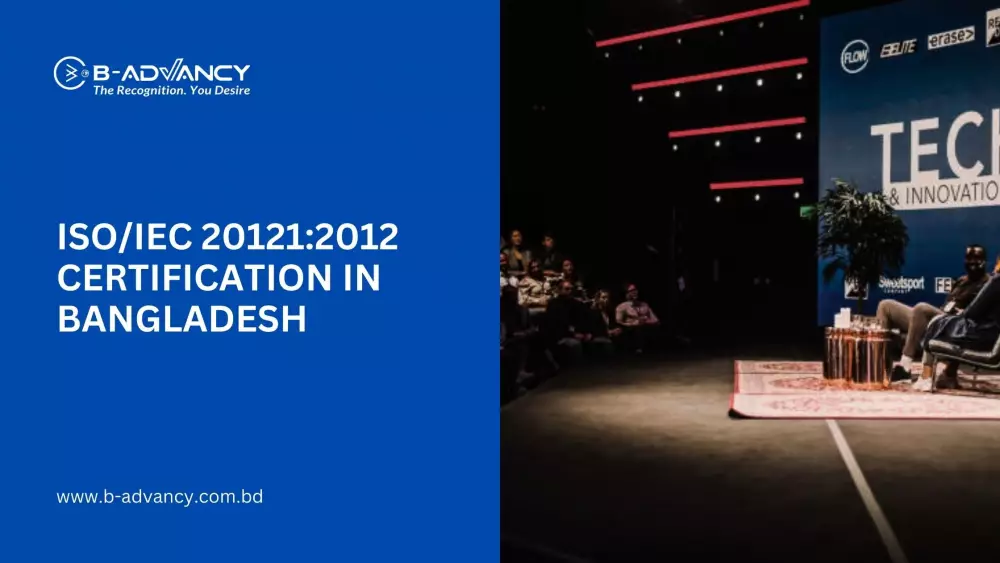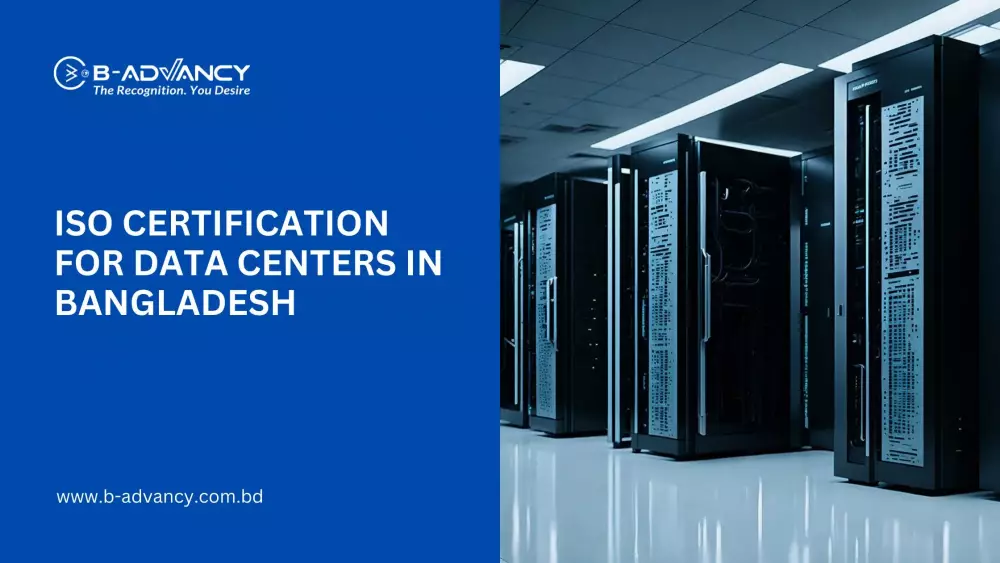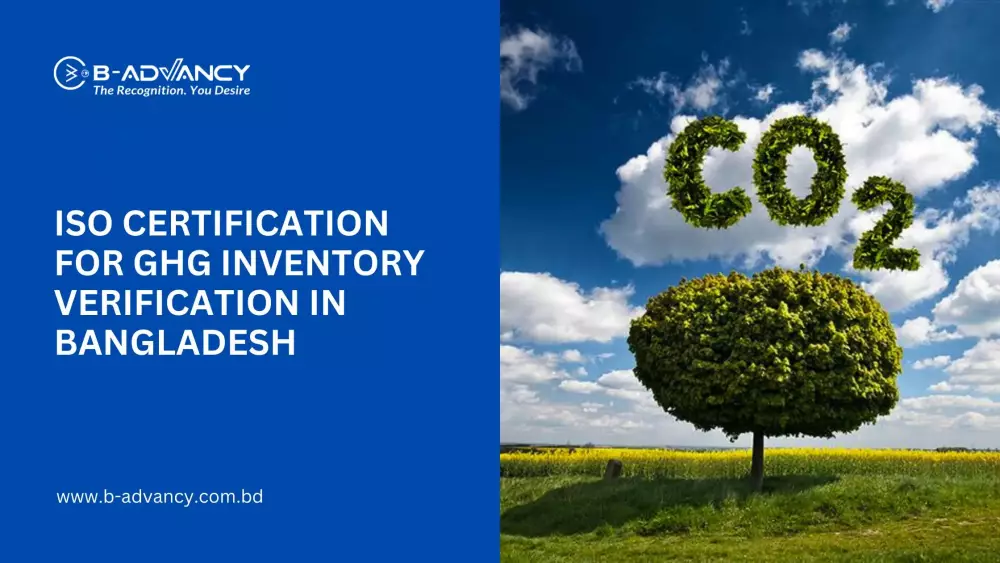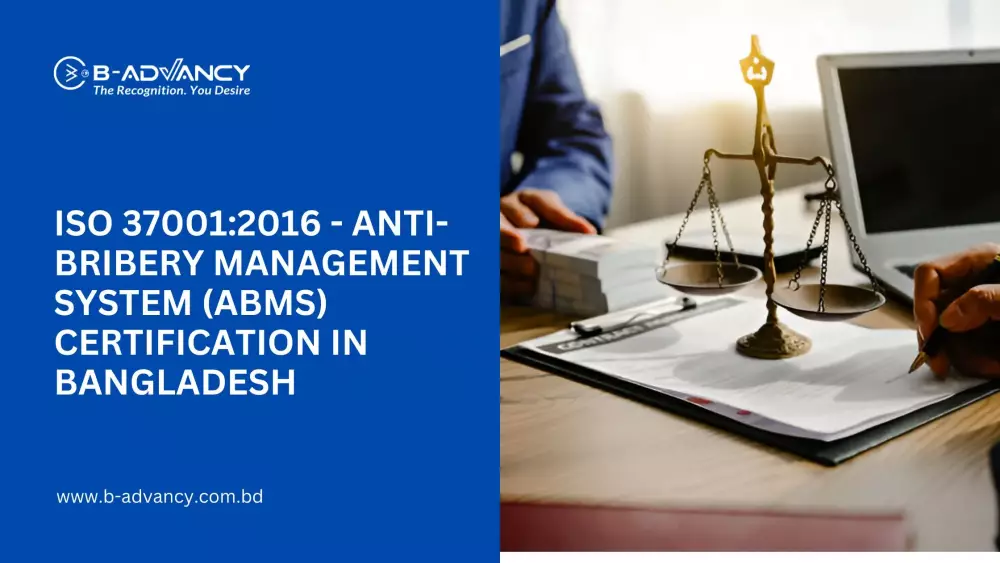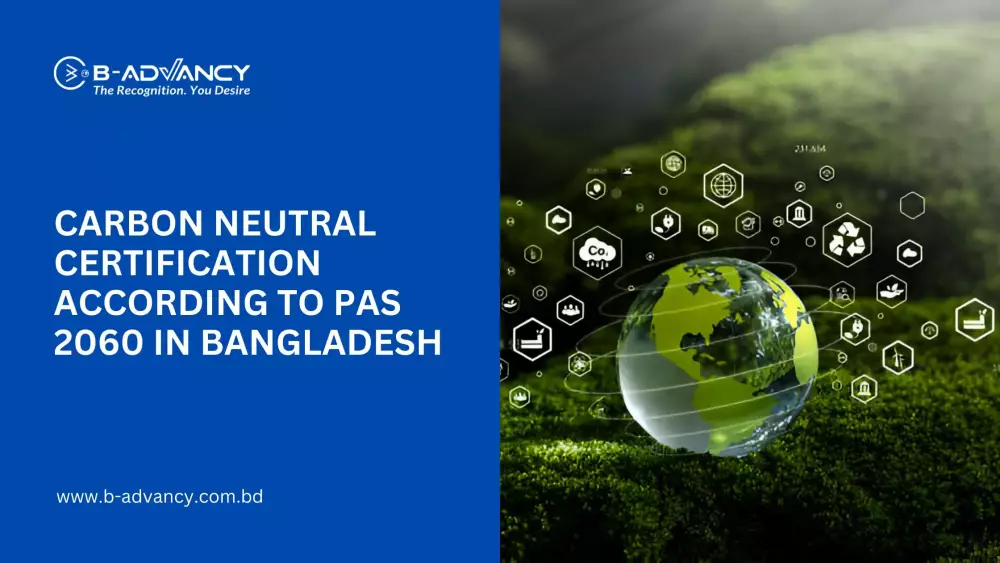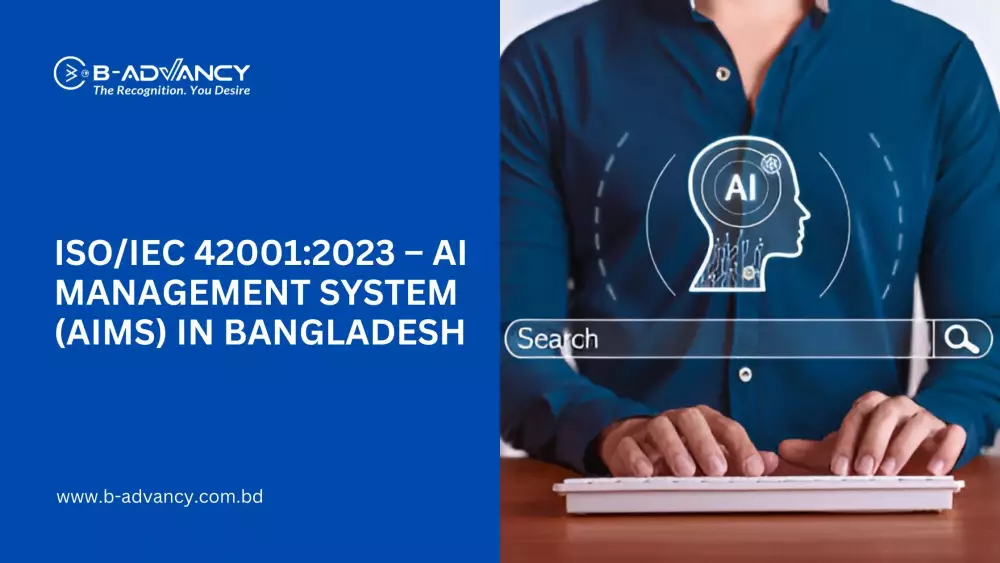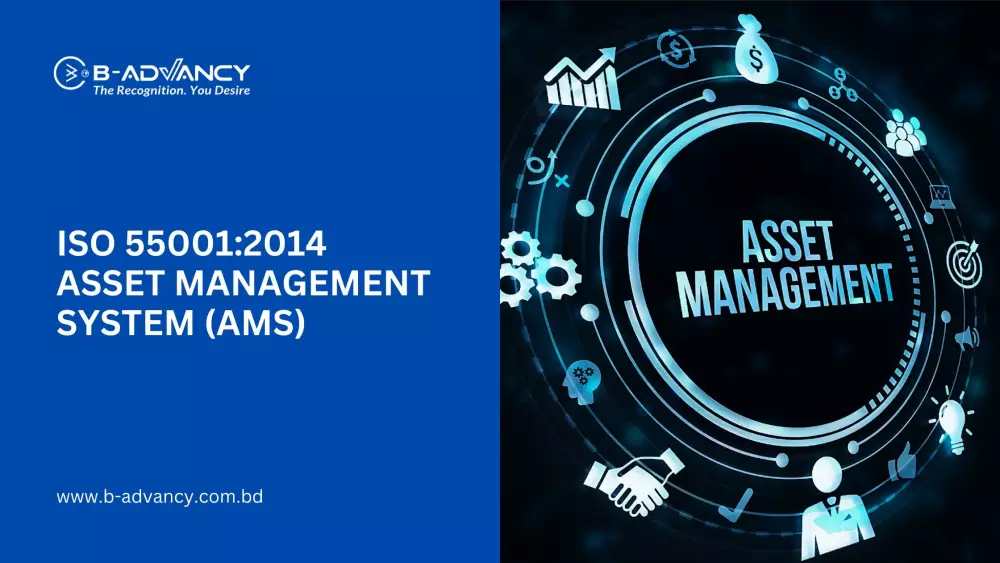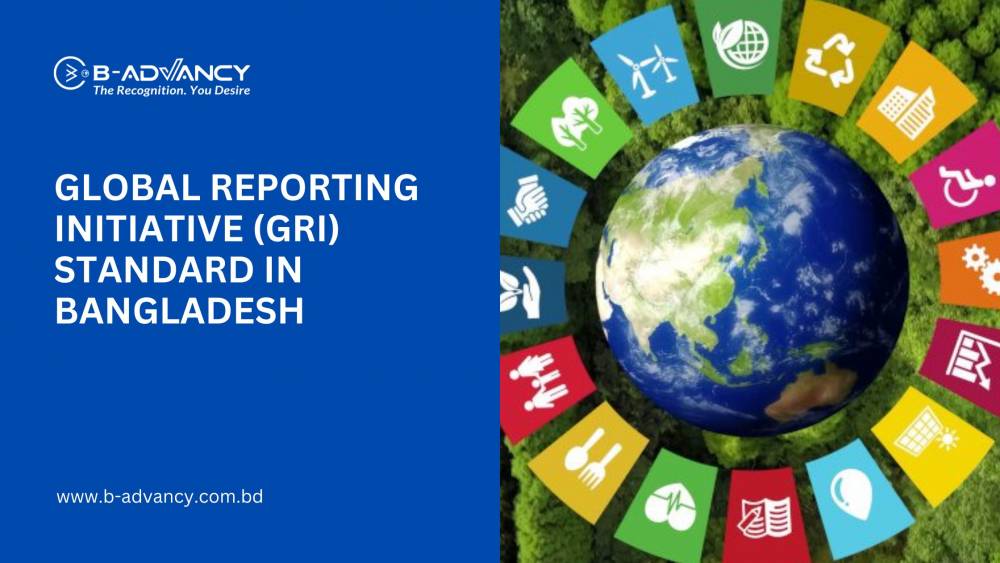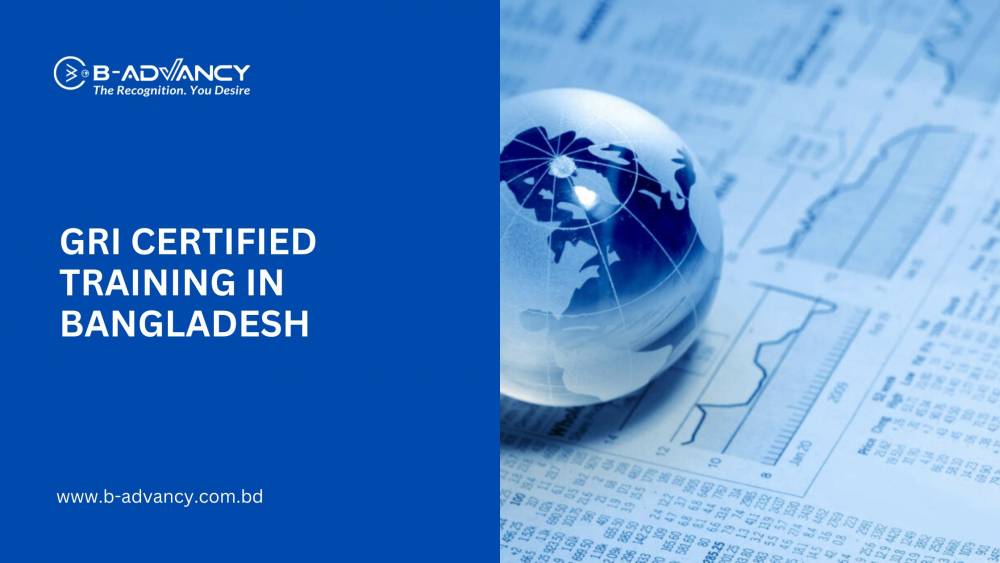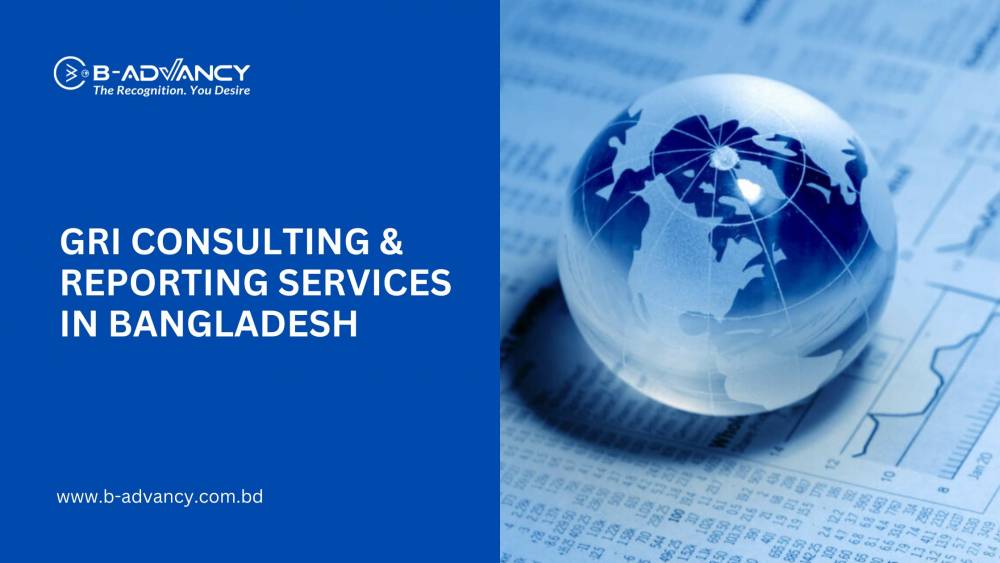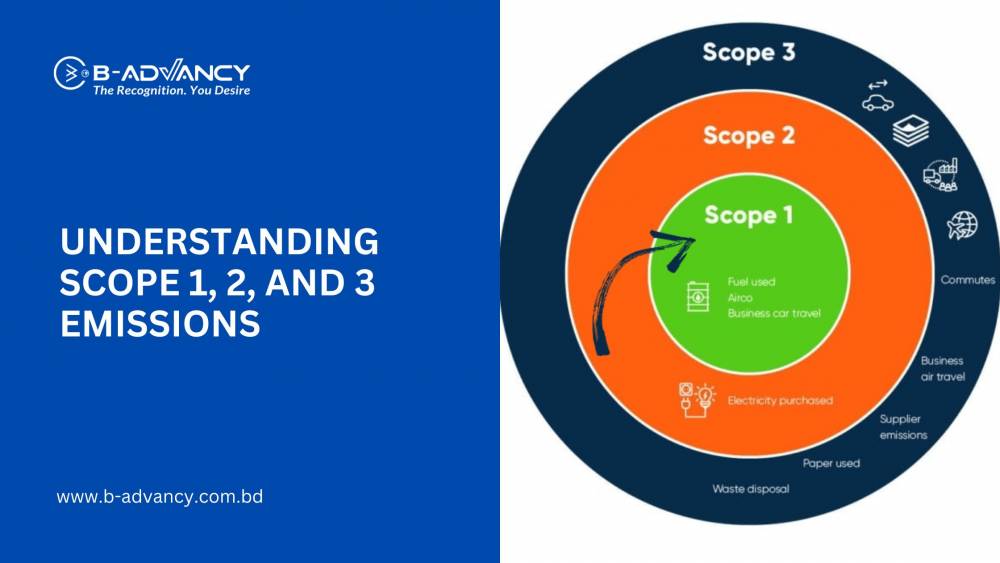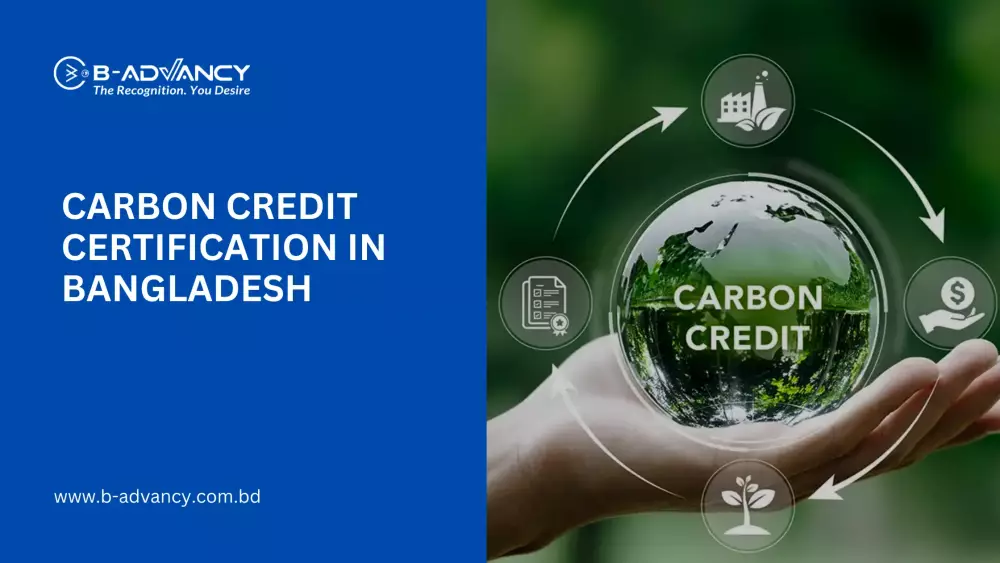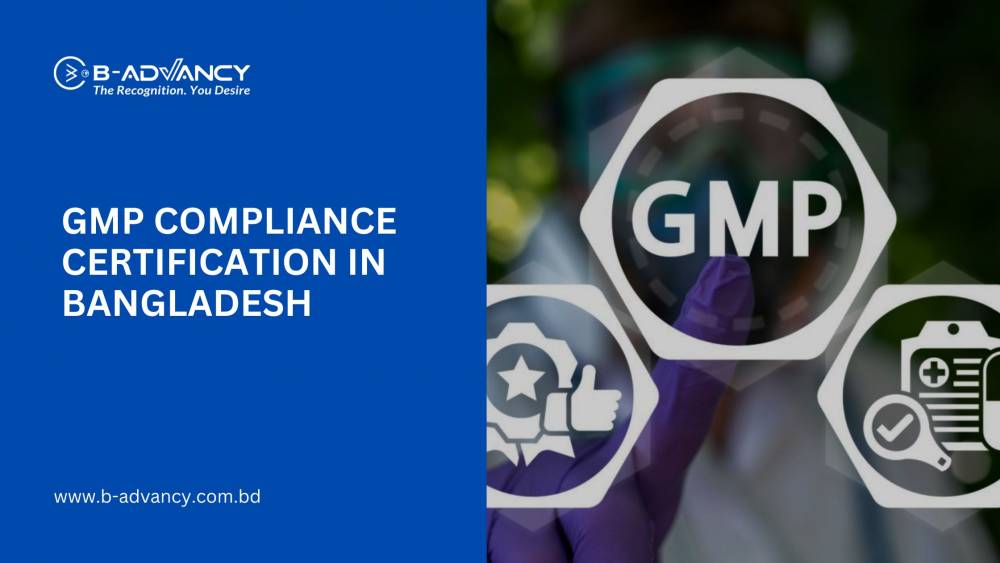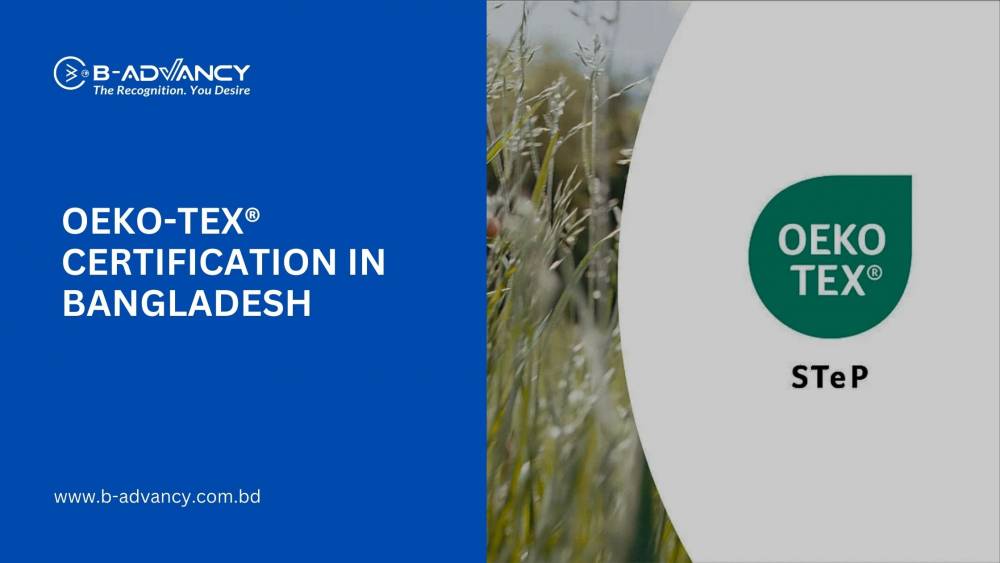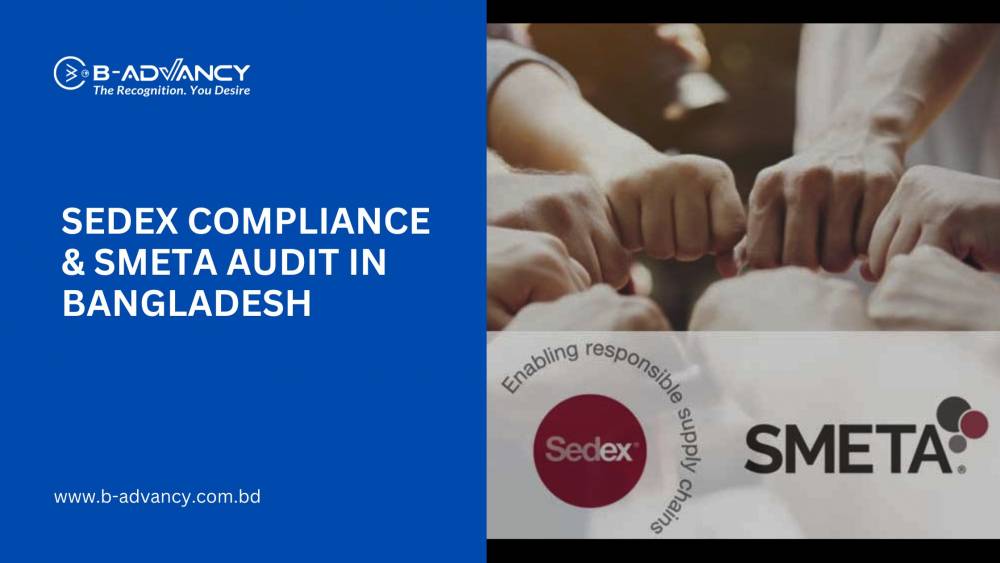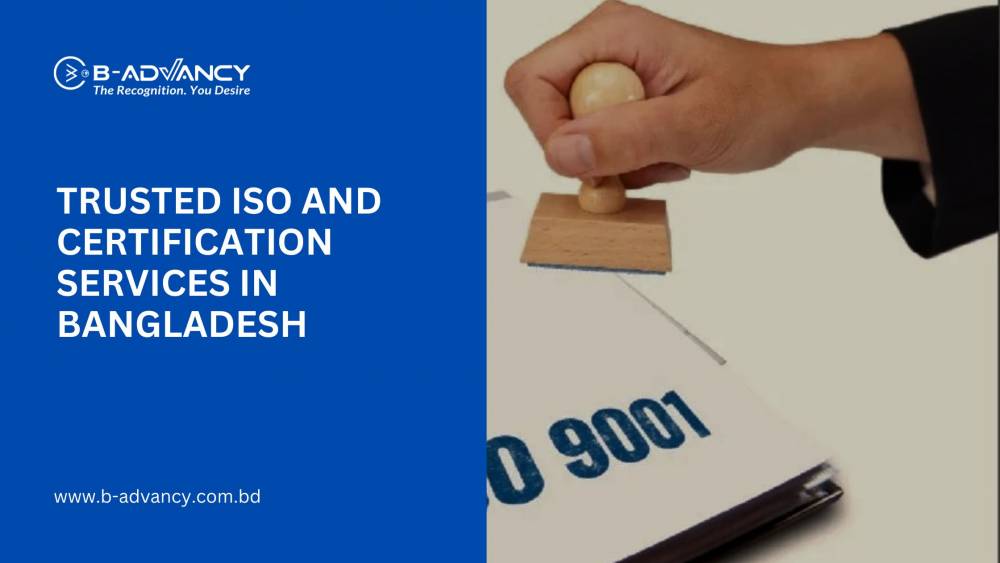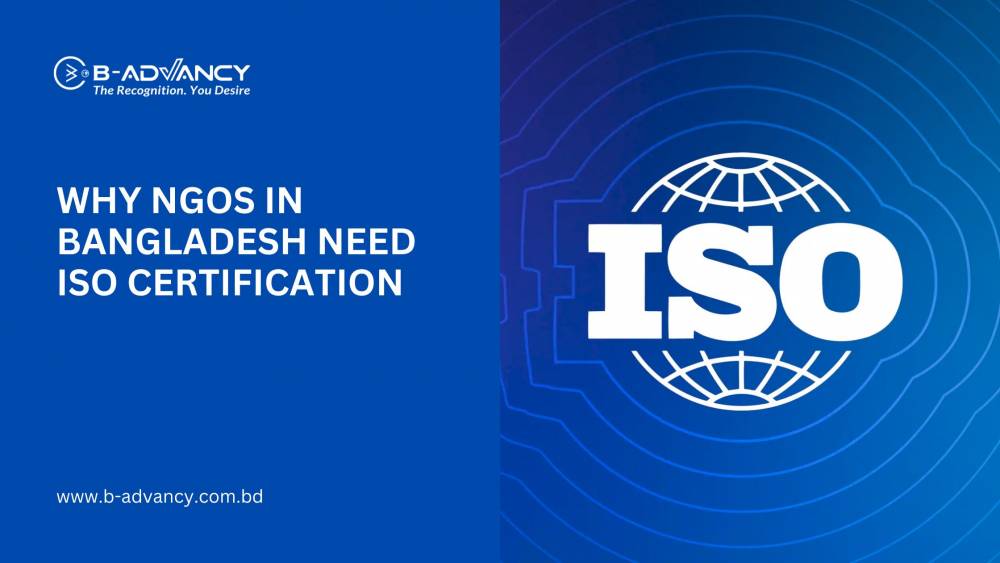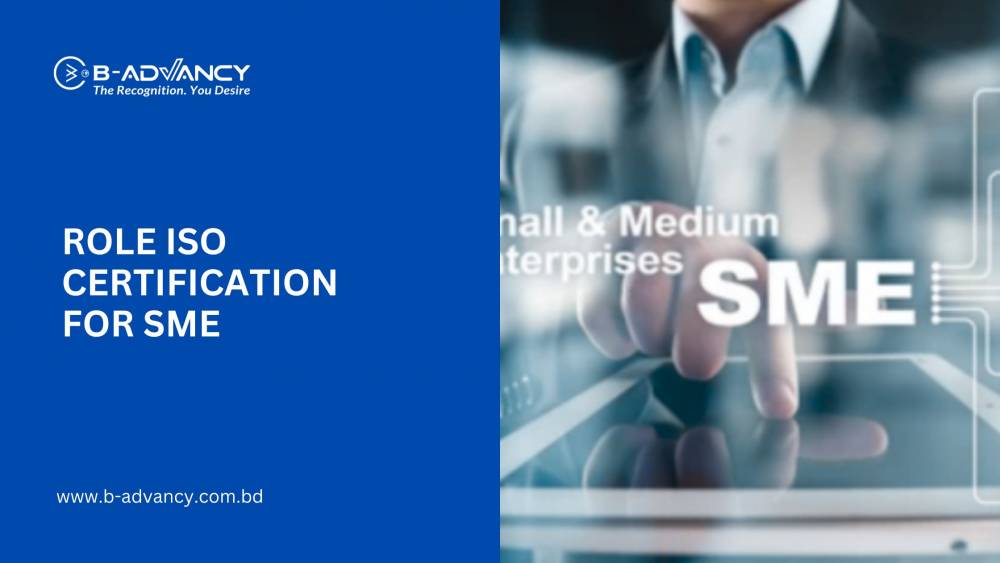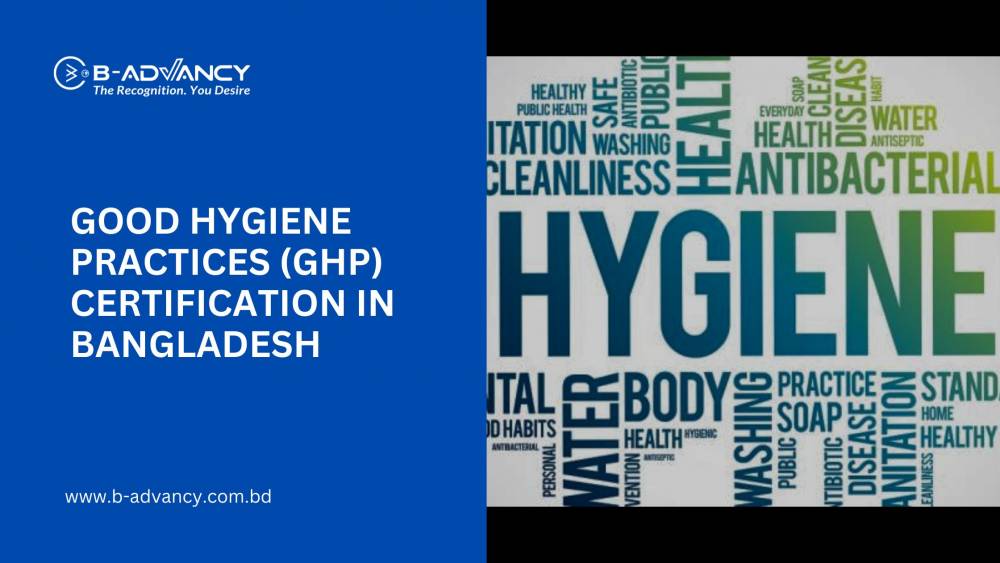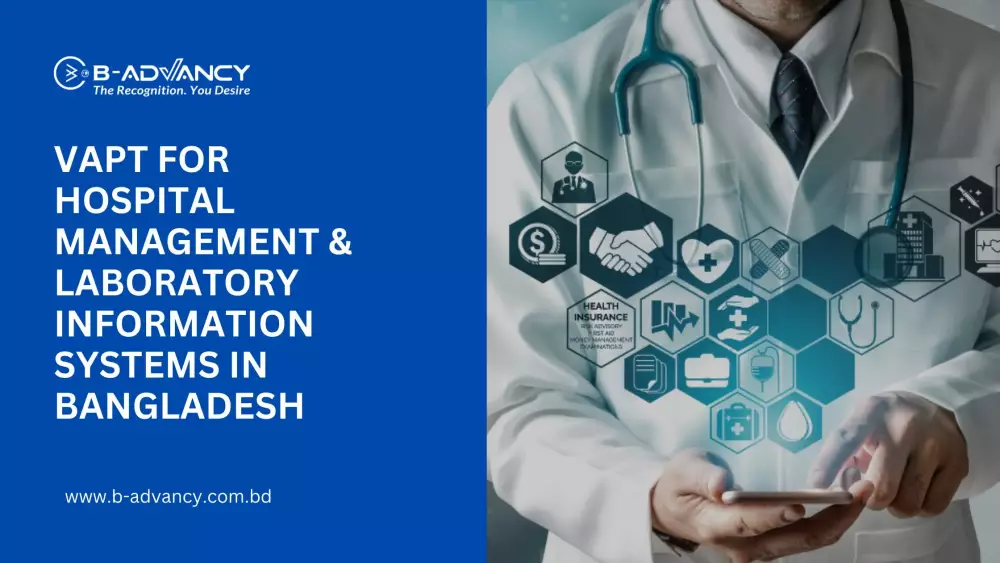The Role of Technology in ISO 14001 Implementation and Management
Environmental management is an essential aspect of modern-day business operations. To ensure that organizations operate in an environmentally sustainable manner, the International Organization for Standardization (ISO) developed the ISO 14001 standard. The standard outlines the requirements for an environmental management system (EMS) that organizations can implement to reduce their environmental impact. However, implementing and managing an EMS can be a challenging task. That's where technology comes in.
The role of technology in ISO 14001 implementation cannot be overemphasized. It can help organizations to improve their environmental performance, reduce costs, and streamline processes. In this blog post, we'll explore the various technological tools and best practices that can help organizations to implement and manage ISO 14001 effectively.
Technological Tools for ISO 14001 Implementation
Electronic Document Management Systems (EDMS)
One of the essential components of an EMS is documentation. Documentation helps organizations to identify environmental aspects, set objectives, and monitor performance. Electronic document management systems (EDMS) are technological tools that can help organizations to manage their documentation more efficiently. EDMS can store and retrieve documents electronically, making it easier for employees to access the information they need. This can reduce the time and resources required to manage documentation manually.
According to a survey by AIIM, 68% of organizations that use EDMS saw a return on investment within 18 months. Furthermore, the same survey found that 30% of organizations reduced their paper usage by implementing EDMS.
Environmental Management Information Systems (EMIS)
An Environmental Management Information System (EMIS) is a technological tool that can help organizations to manage environmental data more efficiently. EMIS can help organizations to monitor their environmental performance, track compliance, and report on their environmental impact. EMIS can also automate data collection, reducing the need for manual data entry. This can save time and reduce errors in data collection.
One example of the benefits of using an EMIS is the case of General Electric (GE). GE implemented an EMIS across 50 of its facilities, which resulted in a 15% reduction in energy consumption and a 22% reduction in water usage.
Automation Tools
Automation tools can help organizations to monitor and control their environmental aspects more effectively. For instance, sensors can monitor the consumption of resources such as water and energy. This data can then be used to identify areas where improvements can be made.
The use of automation tools can also help organizations to reduce their environmental impact. For example, the implementation of an energy management system (EnMS) can help organizations to reduce their energy usage. EnMS can identify energy waste and suggest ways to reduce it, such as turning off lights and equipment when not in use.
The Role of Technology in ISO 14001 Management
Remote Monitoring Technologies
Remote monitoring technologies can help organizations to track their environmental performance more effectively. For example, remote sensors can monitor air quality, water quality, and noise levels. This data can be used to identify areas where improvements can be made to reduce the organization's environmental impact.
One example of the benefits of remote monitoring is the case of Walmart. Walmart implemented a remote monitoring system across its stores, which resulted in a 27% reduction in energy consumption and a 40% reduction in refrigerant usage.
Energy Management Systems
An energy management system (EnMS) is a technological tool that can help organizations to manage their energy usage more effectively. EnMS can help organizations to identify areas where energy waste can be reduced, such as turning off lights and equipment when not in use. EnMS can also help organizations to track their energy usage, which can be used to identify areas where energy consumption can be reduced.
According to a survey by the Environmental Defense Fund (EDF), 63% of organizations that implemented an EnMS saw a reduction in their energy usage within the first year.
Challenges of Implementing Technology in ISO 14001
Despite the numerous benefits of using technology in ISO 14001 implementation and management, there are several challenges that organizations may face. These challenges include resistance to change from employees, lack of knowledge and expertise, integration of various technologies, and cost implications.
Resistance to change from employees can be a significant barrier to the implementation of new technologies. Employees may be resistant to new technology because it requires them to learn new skills and adapt to new ways of working. Lack of knowledge and expertise can also be a challenge, especially if organizations do not have the necessary skills in-house to implement and manage the technology.
Integrating various technologies can also be a challenge. Organizations may have different technologies for different functions, and integrating these technologies can be complex. Finally, the cost implications of implementing technology can be a significant barrier for some organizations, especially smaller ones.
Best Practices for Implementing Technology in ISO 14001
To overcome the challenges of implementing technology in ISO 14001, organizations can follow best practices such as conducting a technology assessment, integrating technology with ISO 14001 requirements, providing training and support to employees, and developing a technology roadmap for continuous improvement.
Conducting a technology assessment can help organizations to identify gaps and opportunities in their current technology landscape. This assessment can help organizations to determine which technologies will be most beneficial for their operations and help them to prioritize their implementation.
Integrating technology with ISO 14001 requirements can help organizations to ensure that their technology solutions align with the standard's requirements. This can help organizations to streamline their implementation and reduce the risk of non-compliance.
Providing training and support to employees is essential to overcome resistance to change. Training can help employees to learn new skills and adapt to new ways of working. Providing ongoing support can also help employees to overcome any challenges they may face when using new technology.
Finally, developing a technology roadmap for continuous improvement can help organizations to plan for the future. This roadmap can help organizations to identify new technologies that may become available in the future and plan for their implementation.
Conclusion
Technology can play a significant role in ISO 14001 implementation and management. Technological tools such as electronic document management systems, environmental management information systems, and automation tools can help organizations to improve their environmental performance, reduce costs, and streamline processes. However, organizations may face challenges in implementing technology, such as resistance to change from employees and cost implications. To overcome these challenges, organizations can follow best practices such as conducting a technology assessment, integrating technology with ISO 14001 requirements, providing training and support to employees, and developing a technology roadmap for continuous improvement. By leveraging technology, organizations can enhance their environmental management practices and operate in a more sustainable manner.







